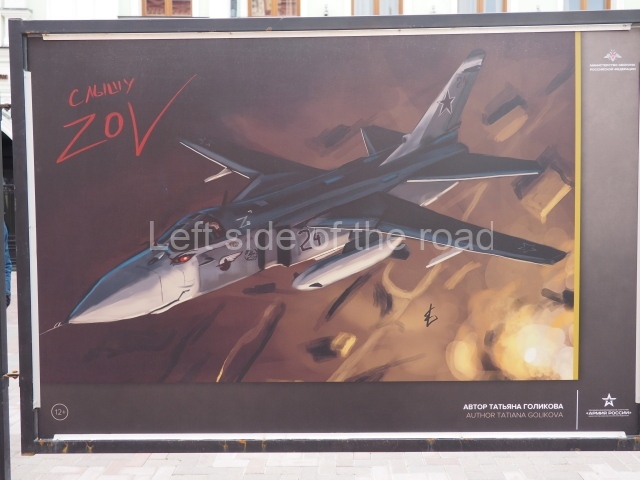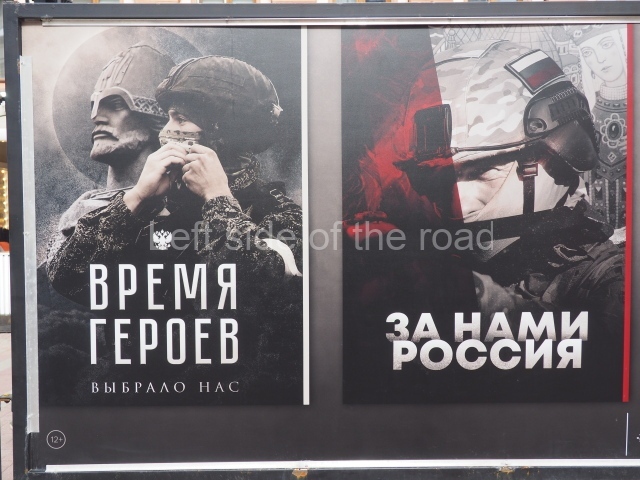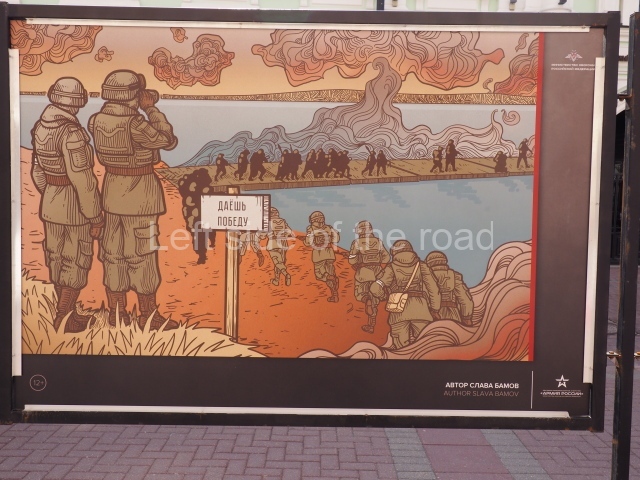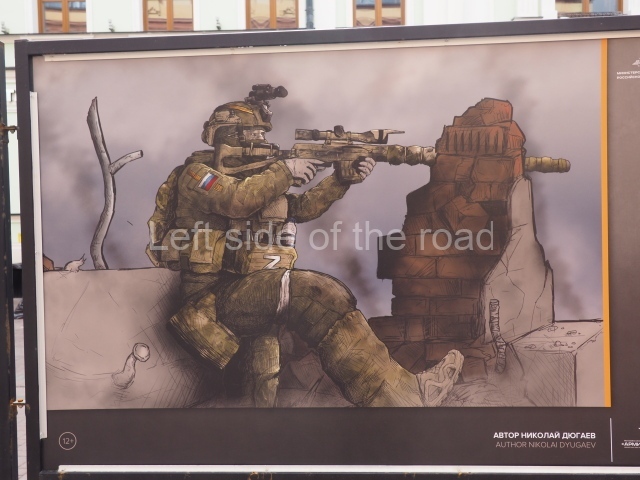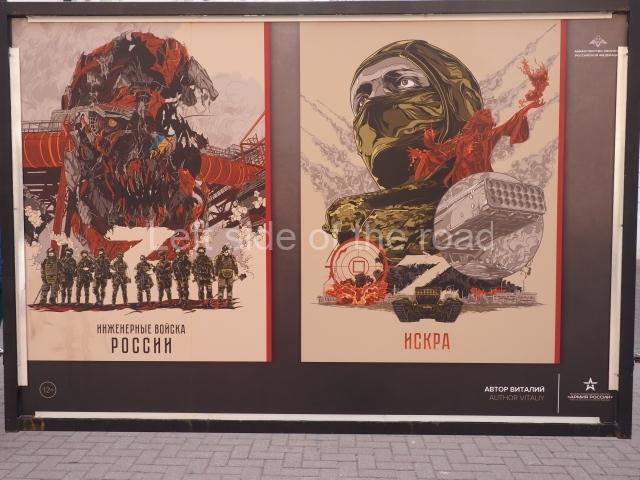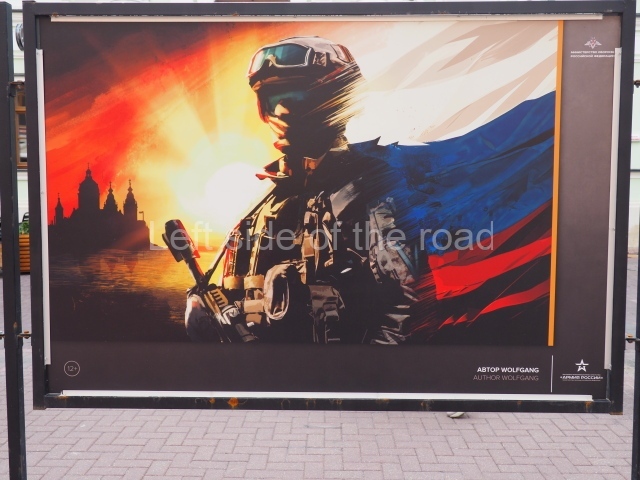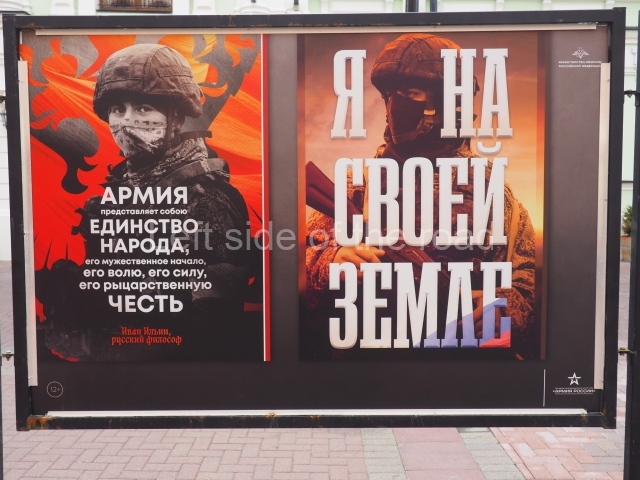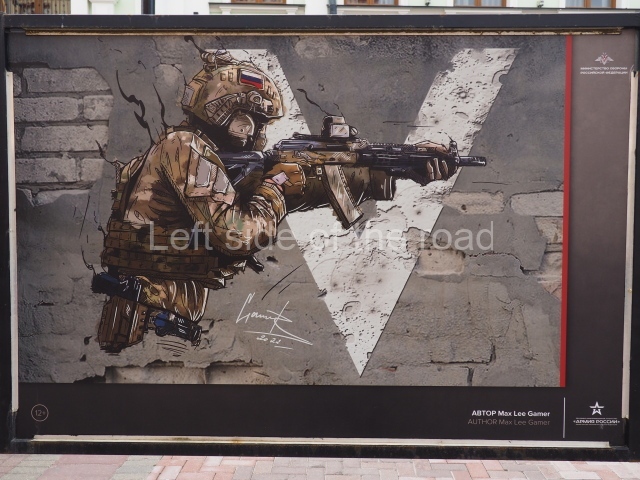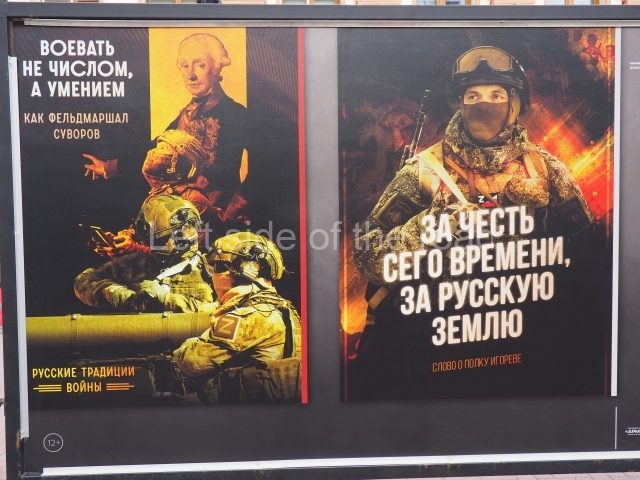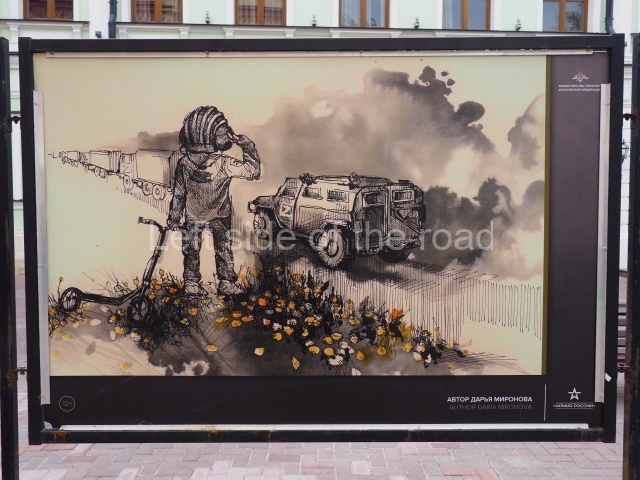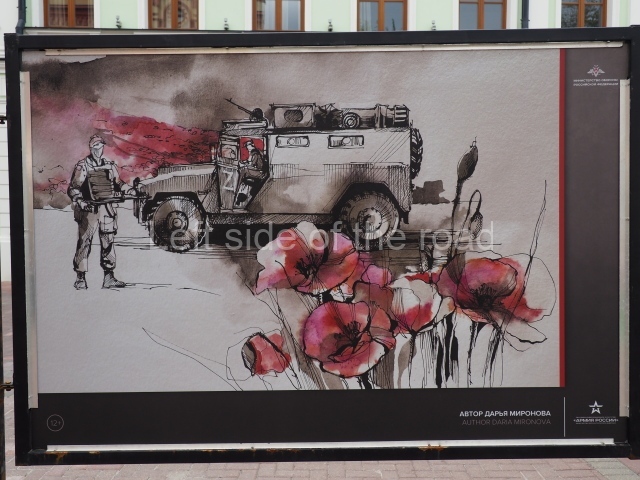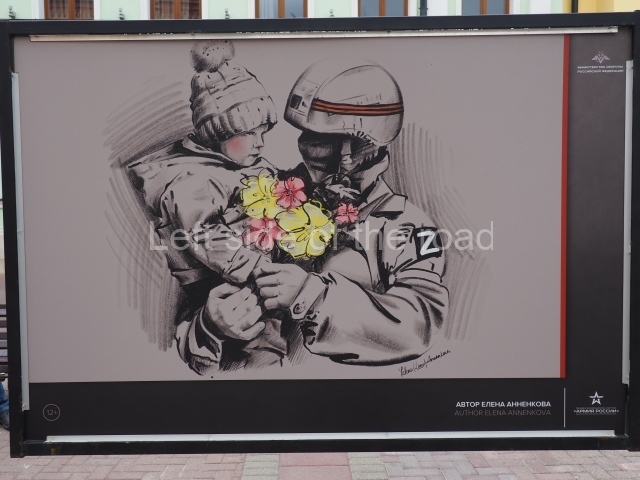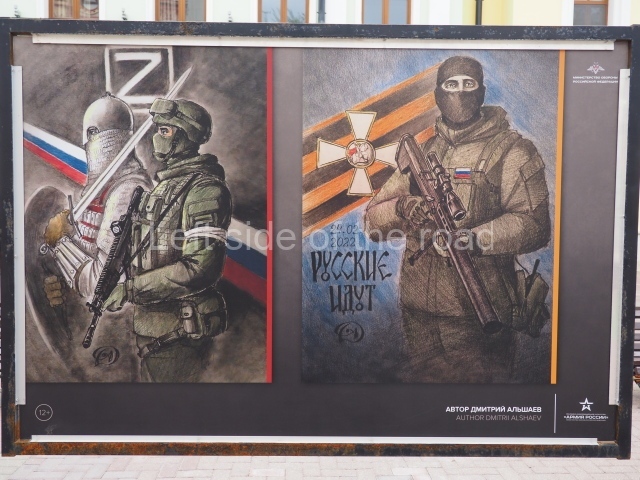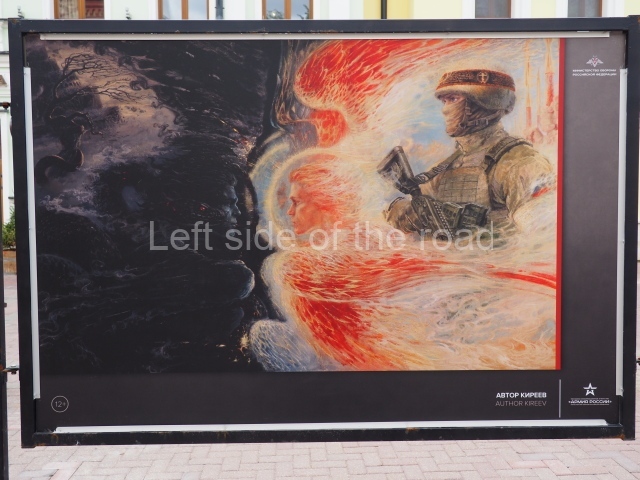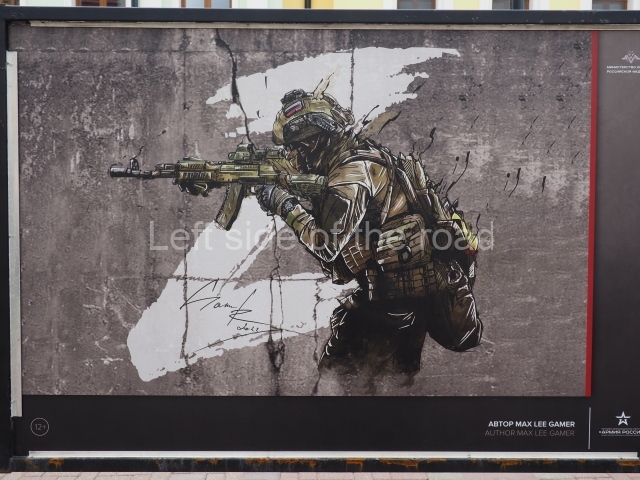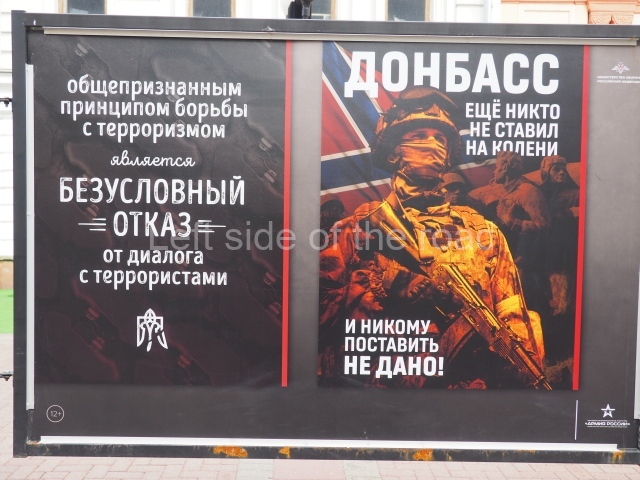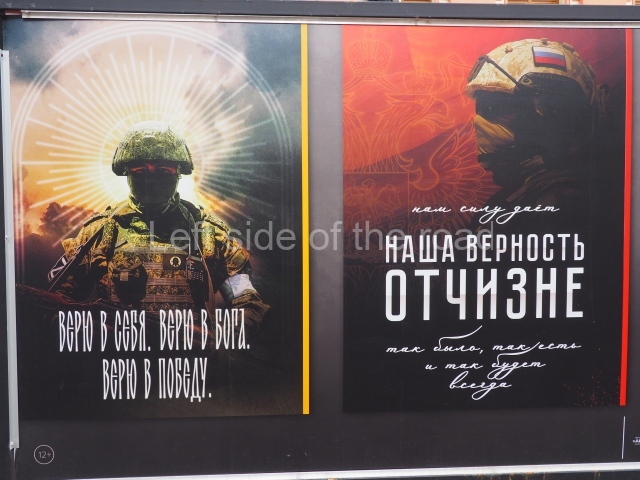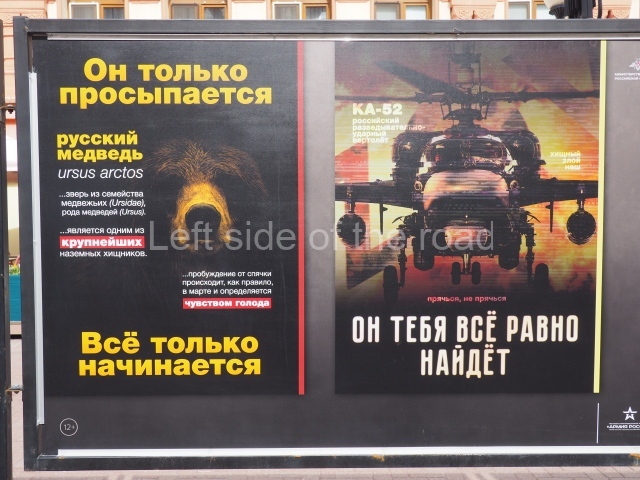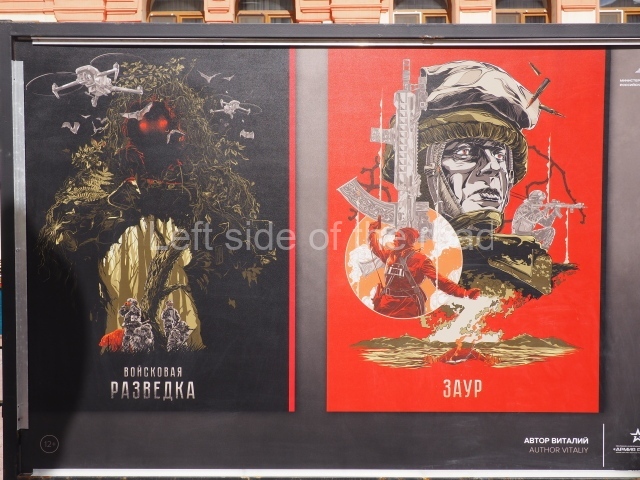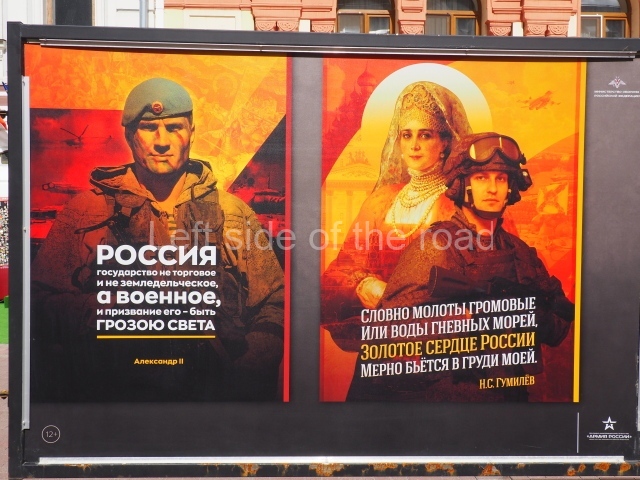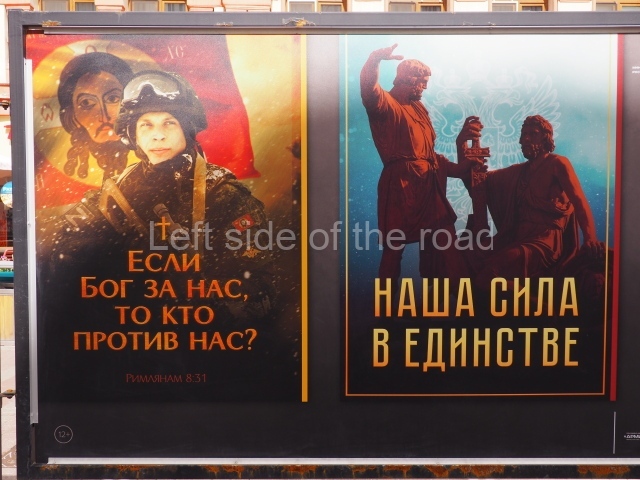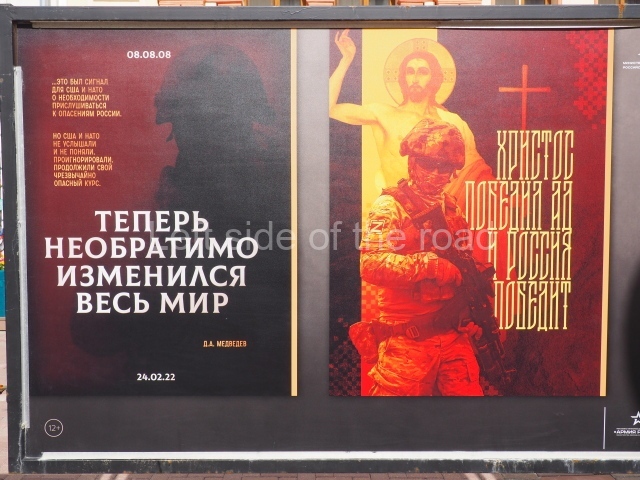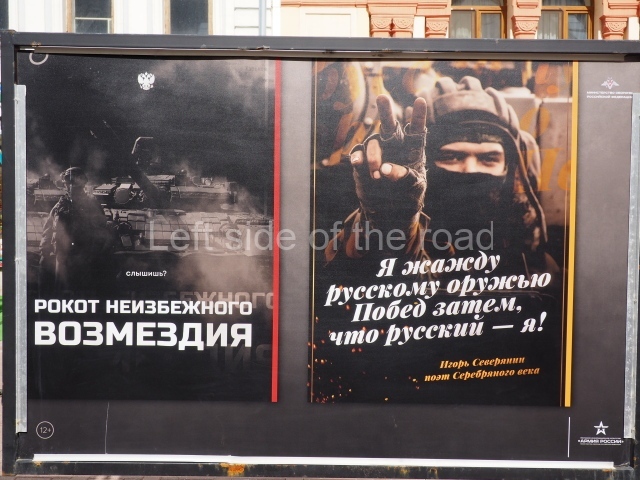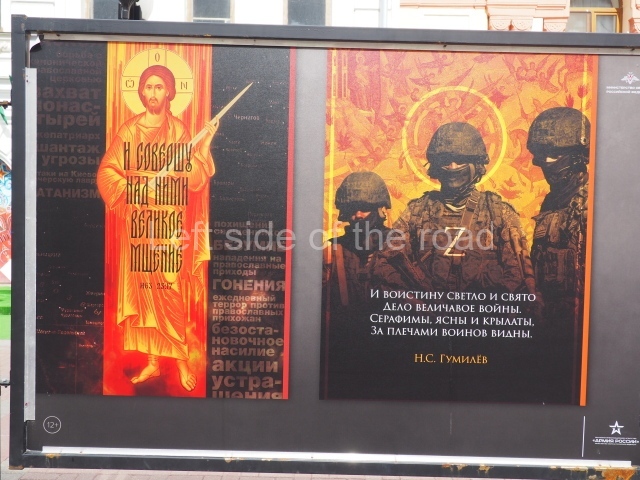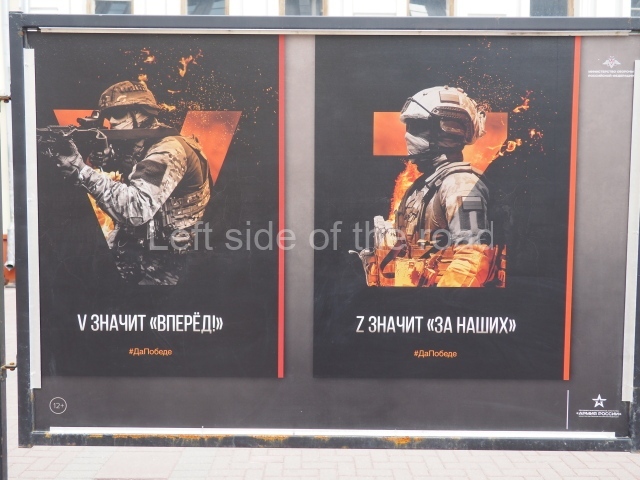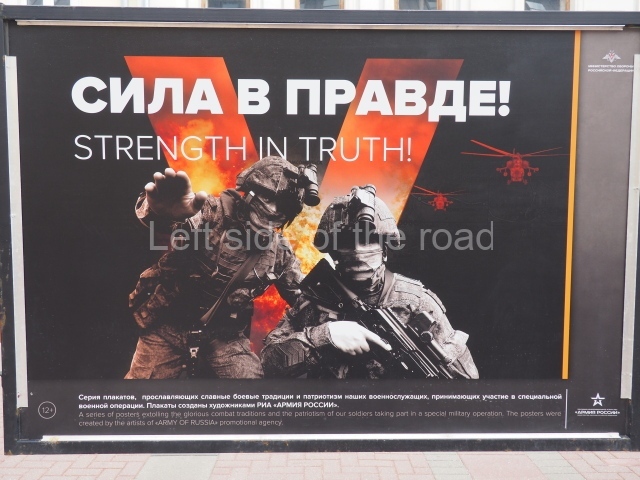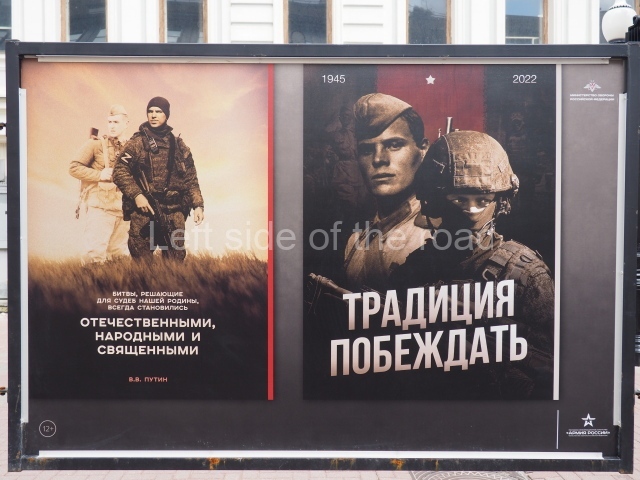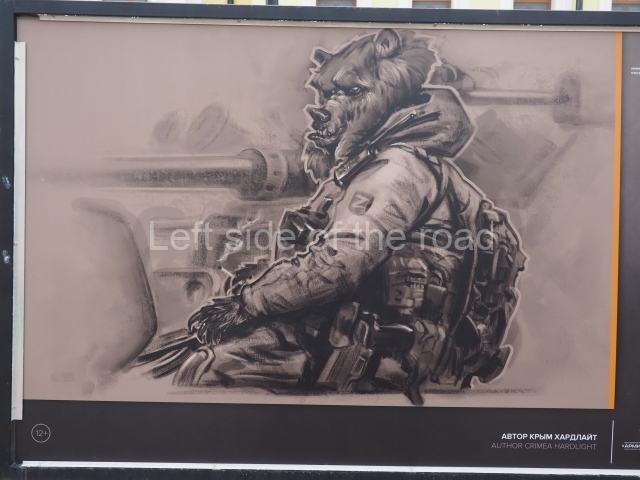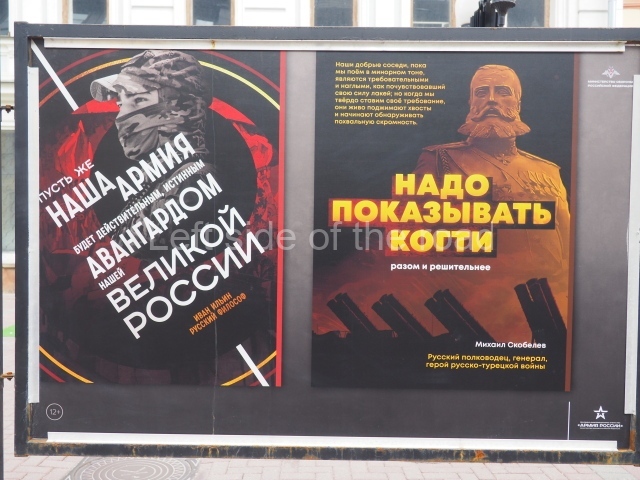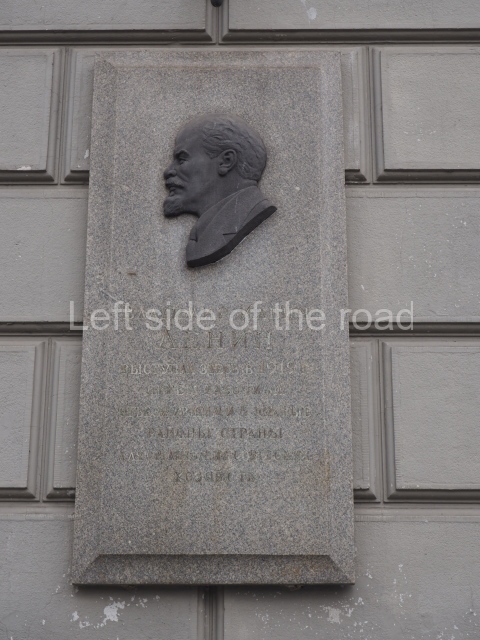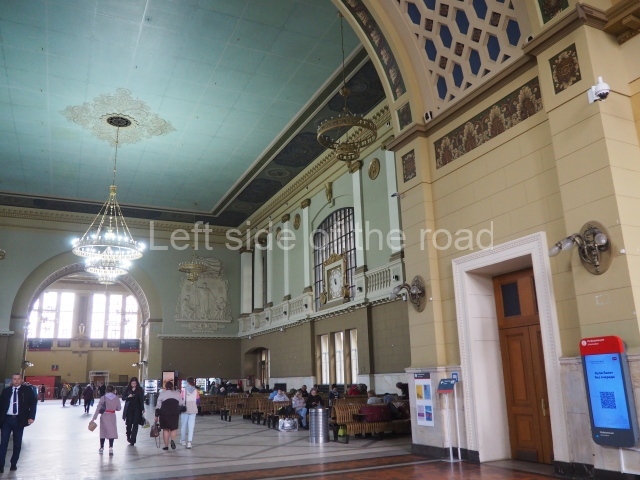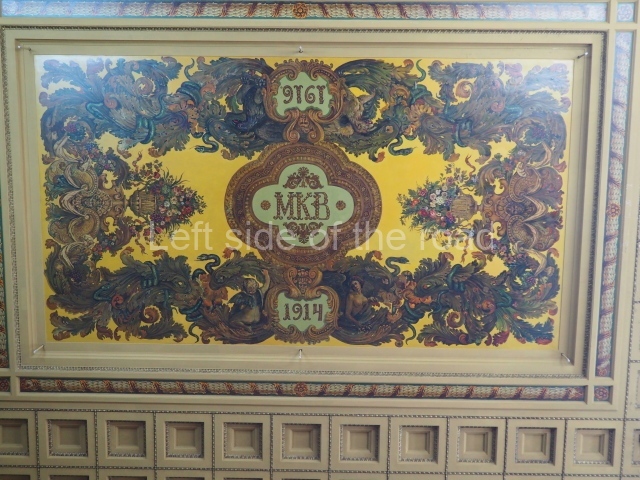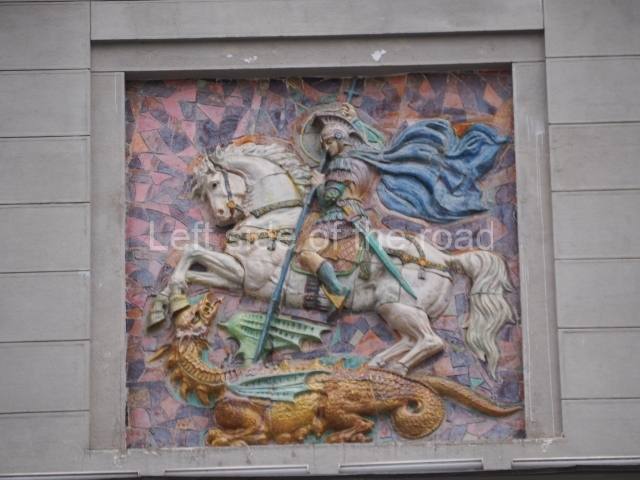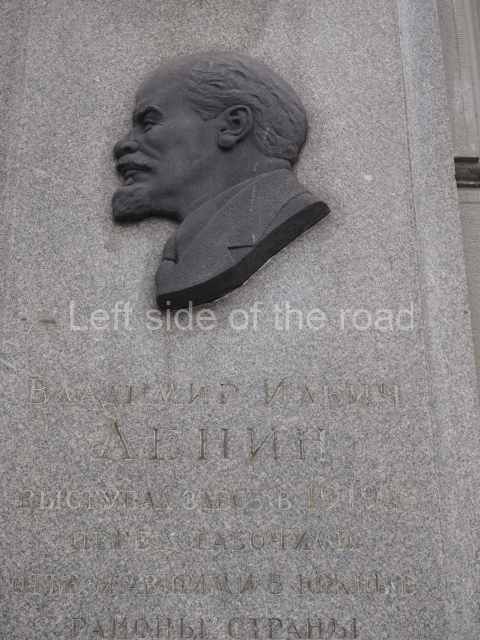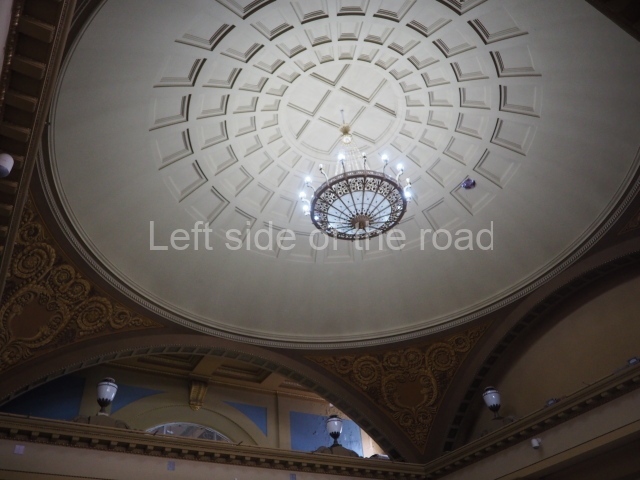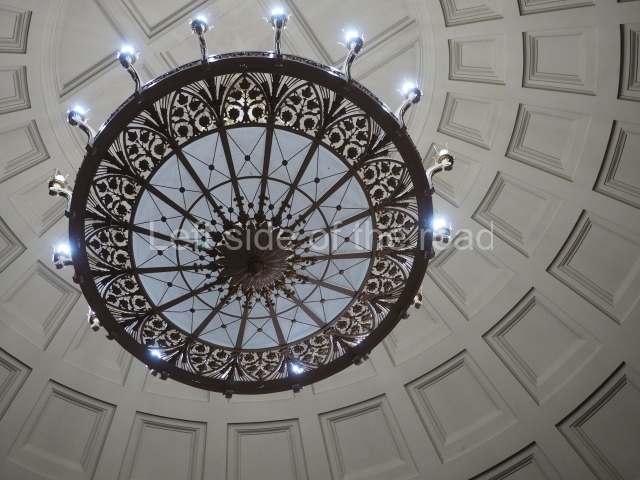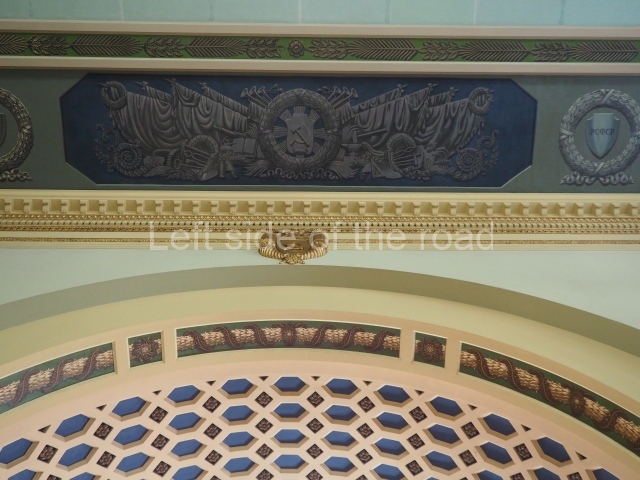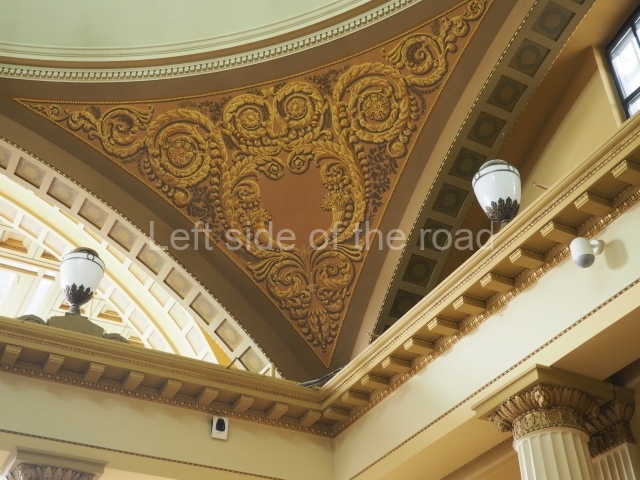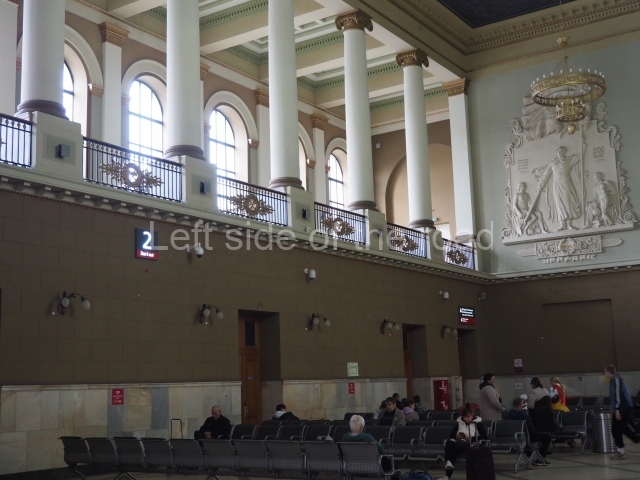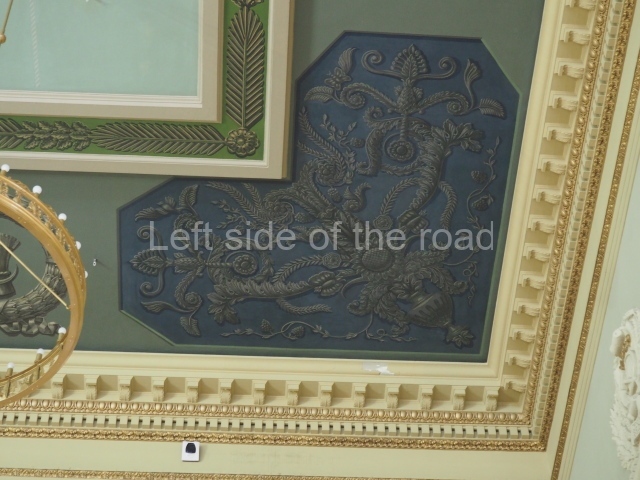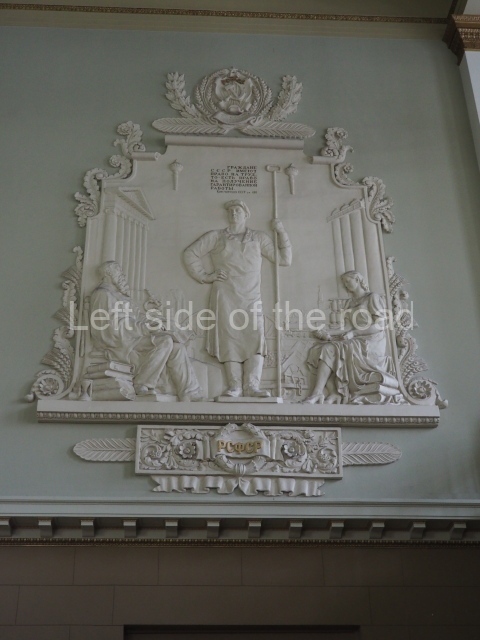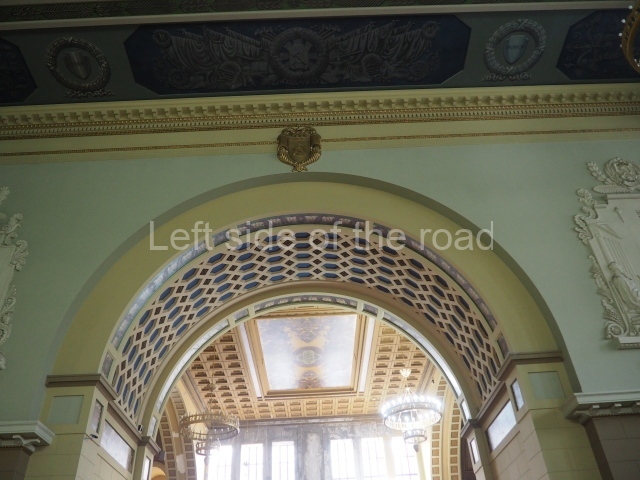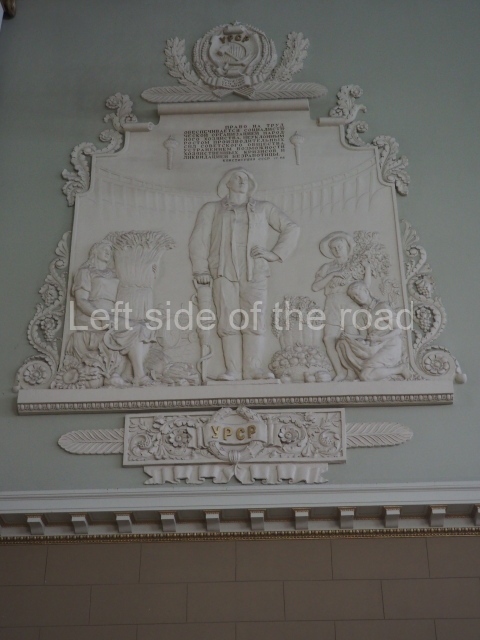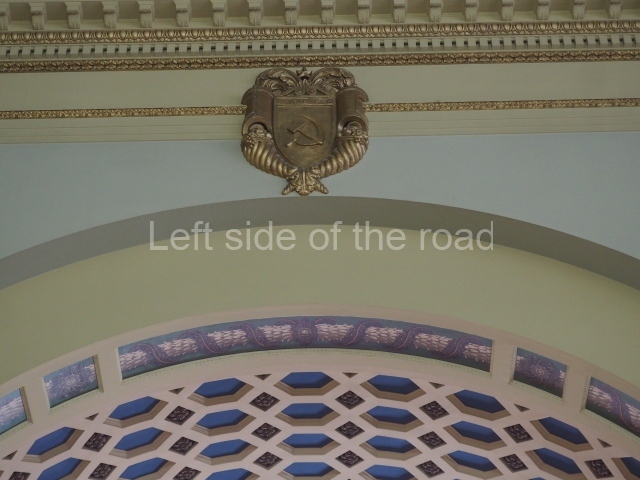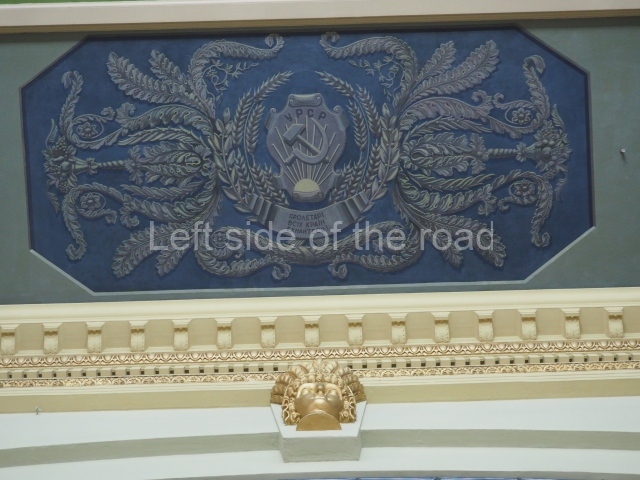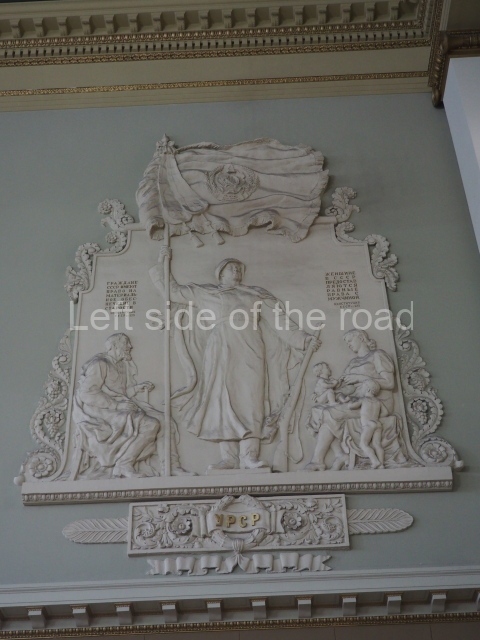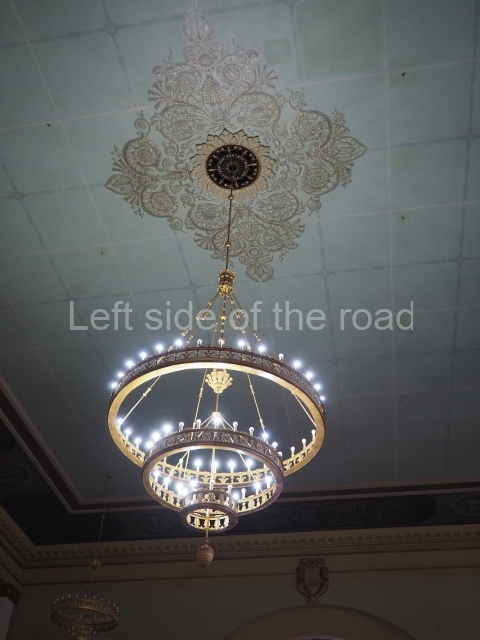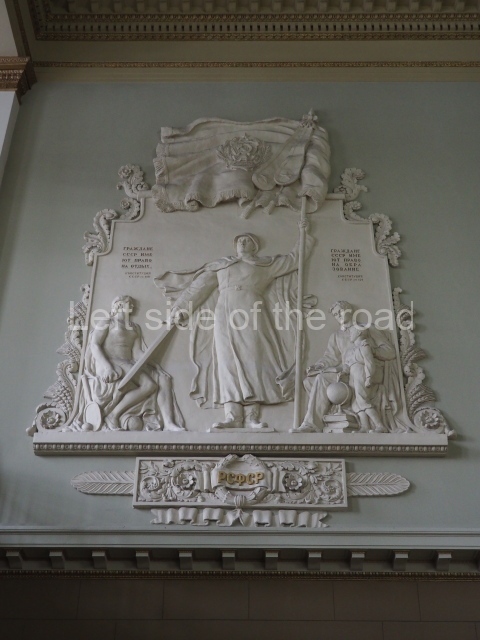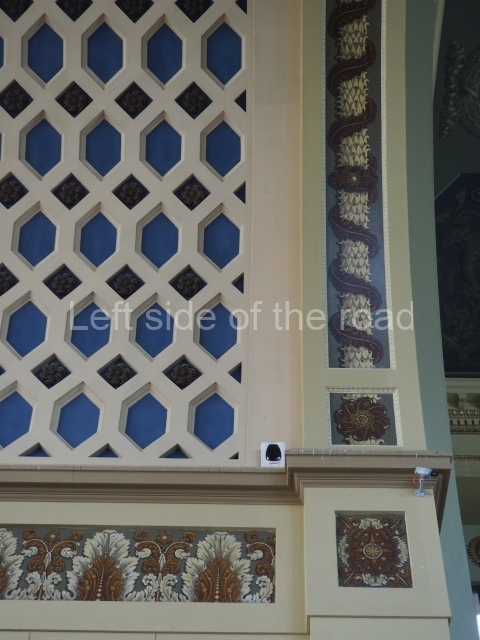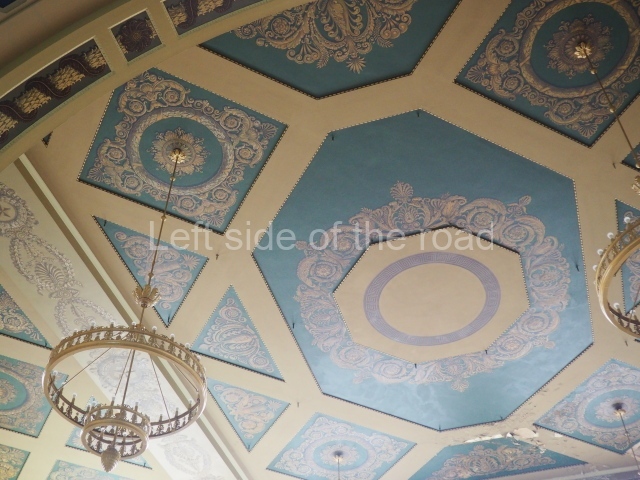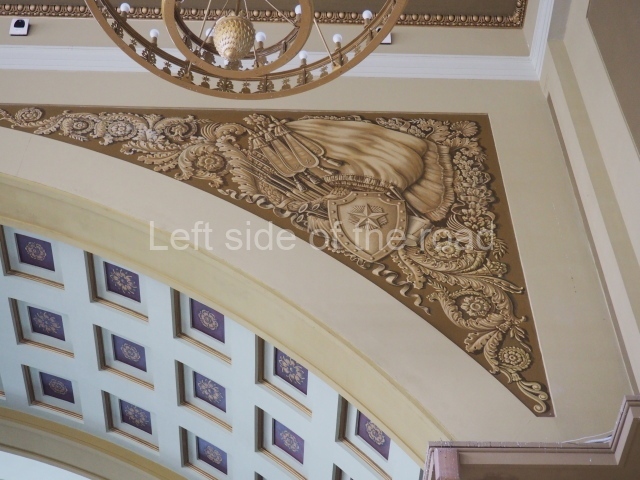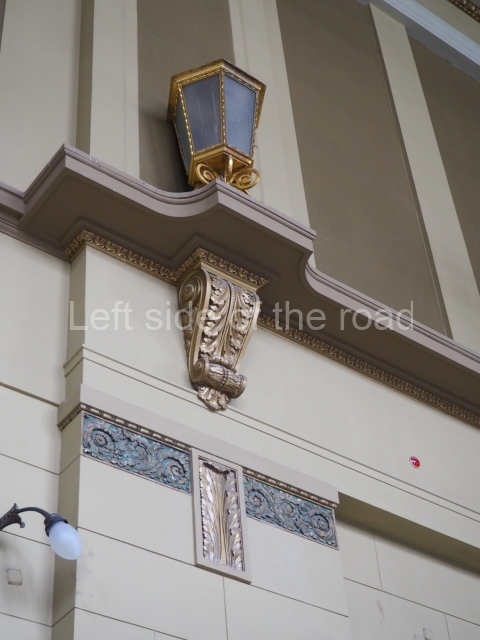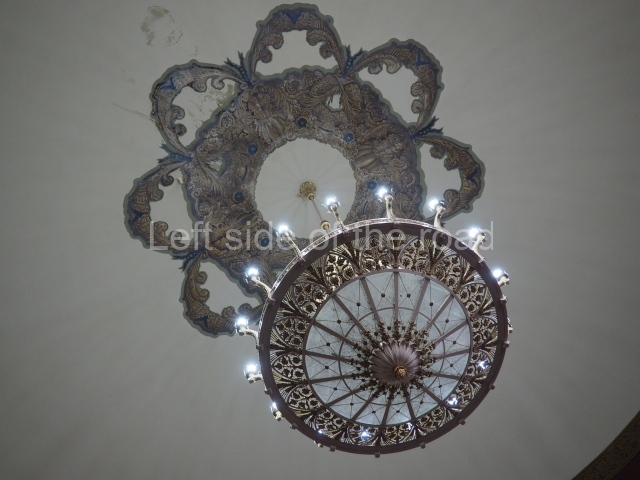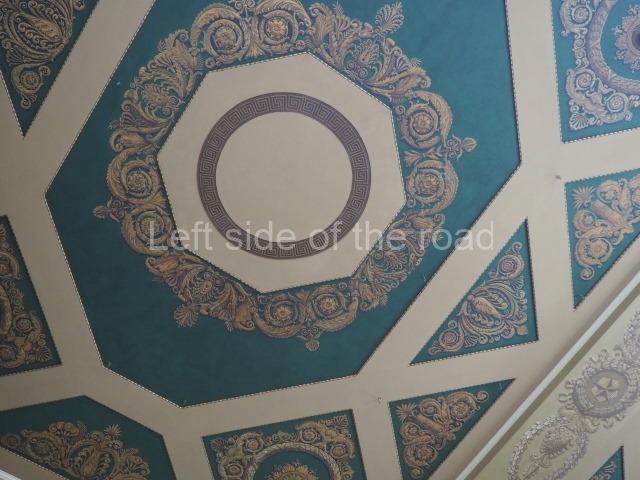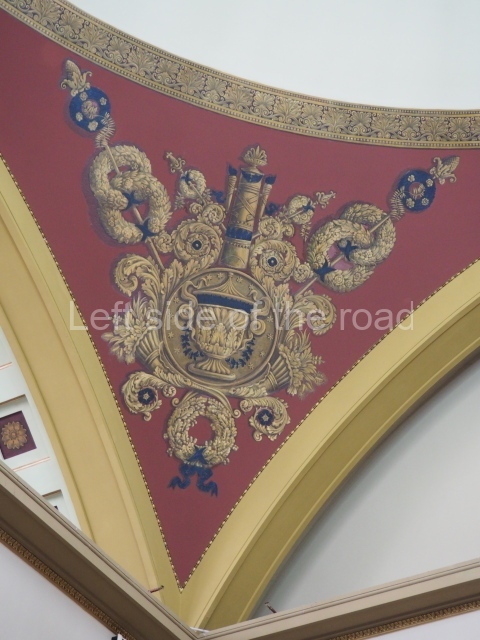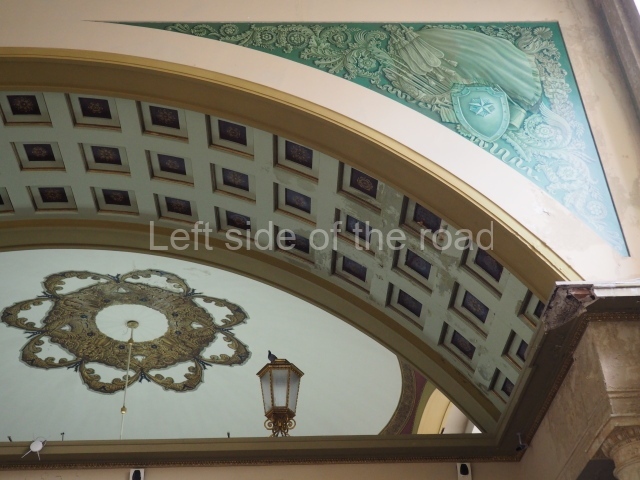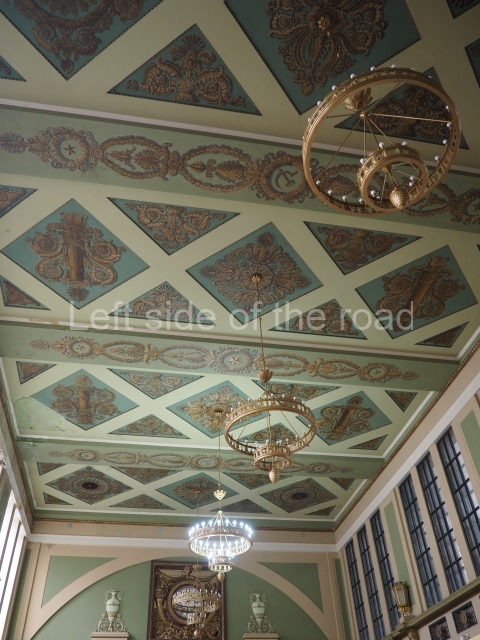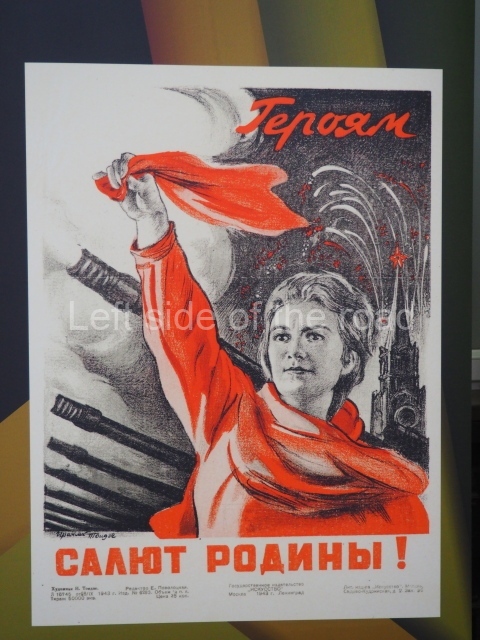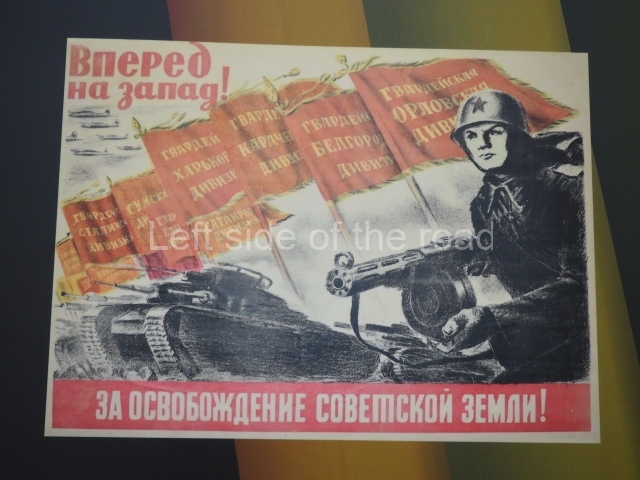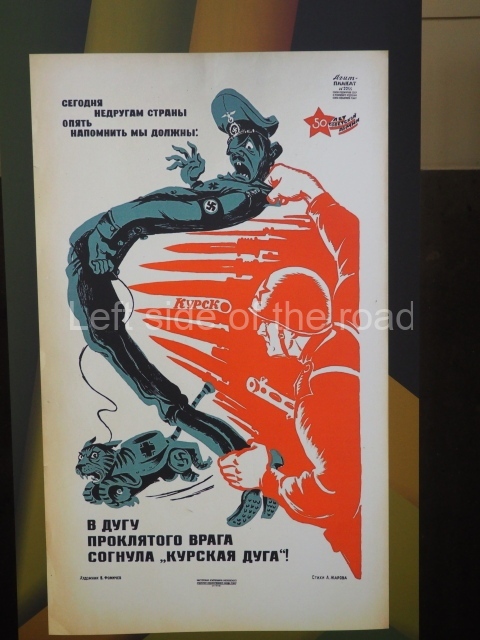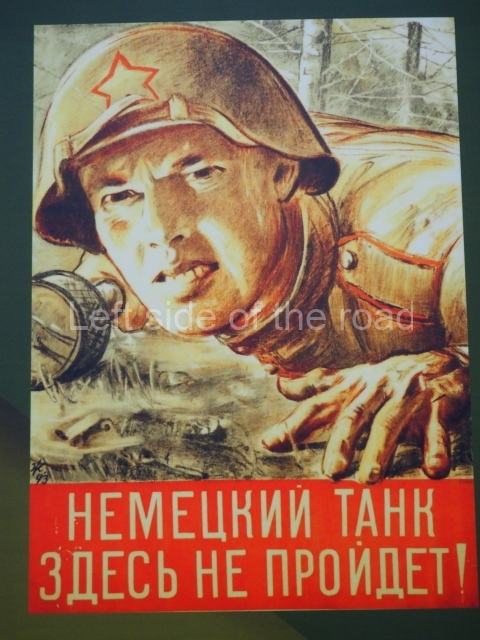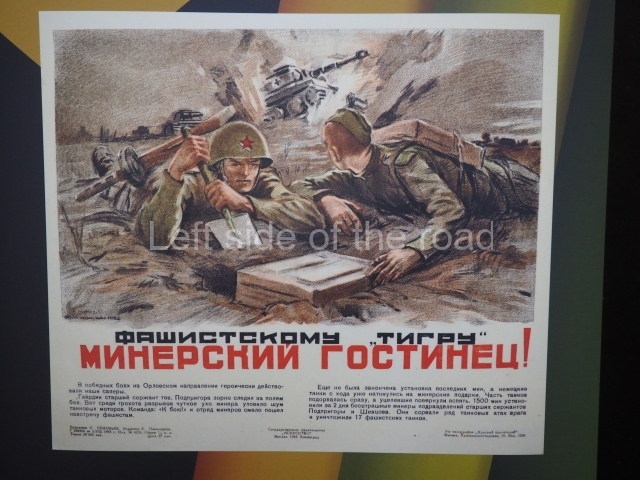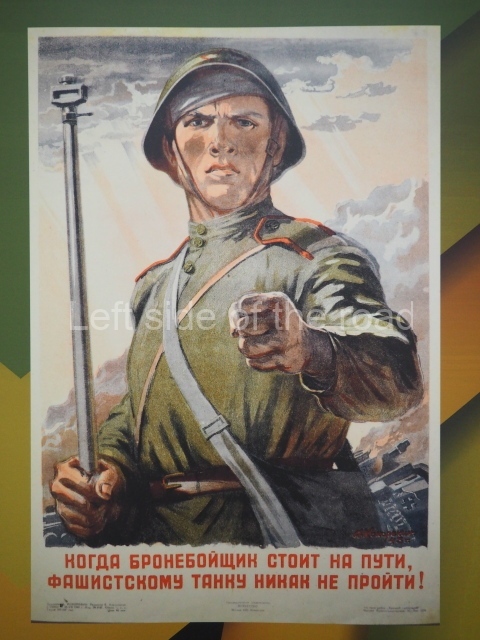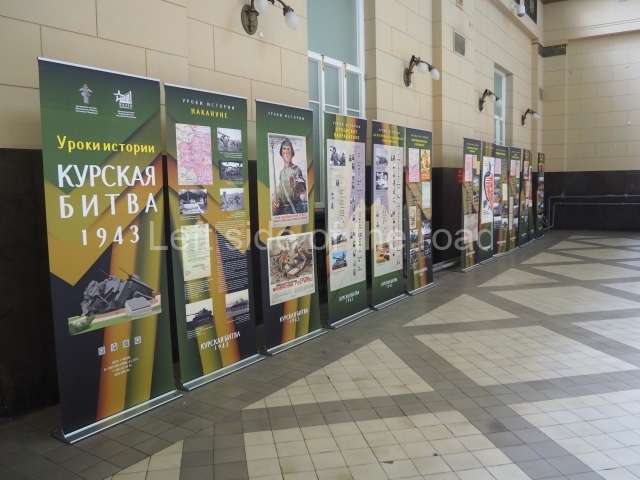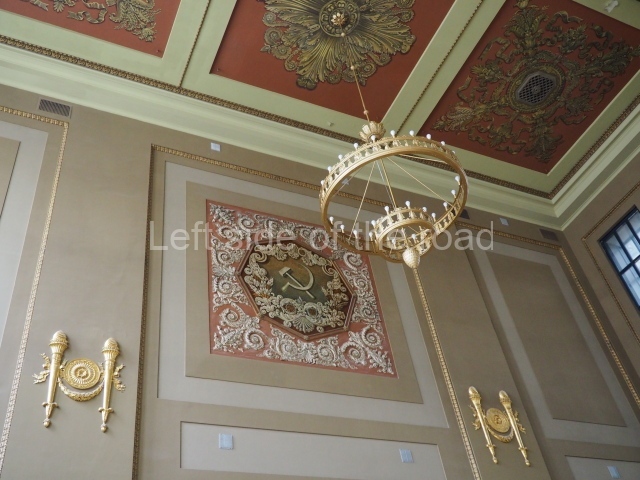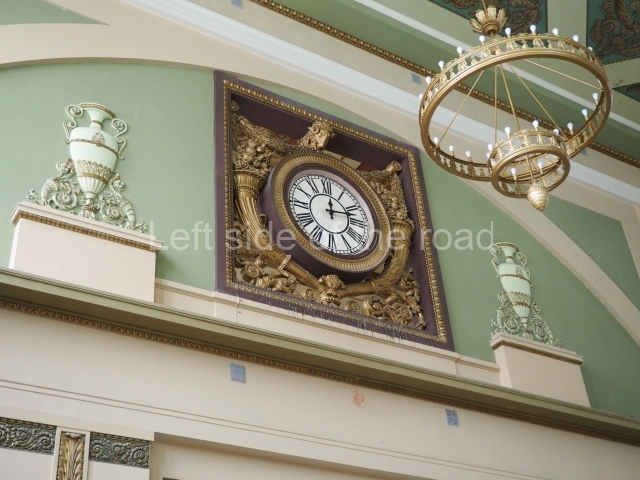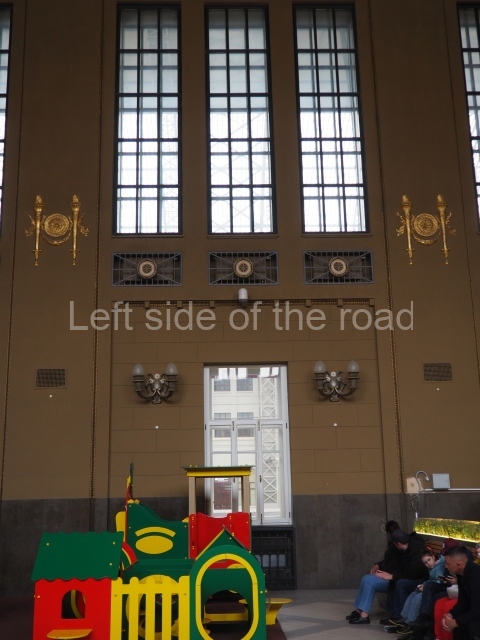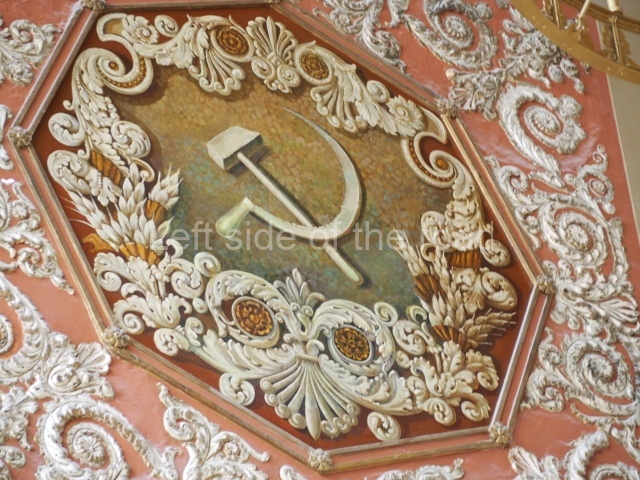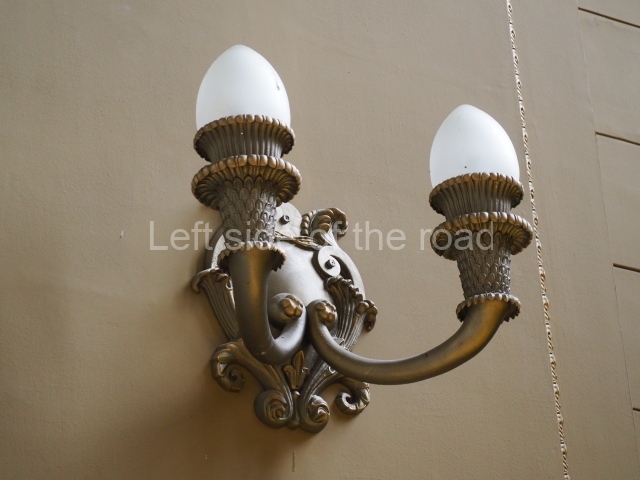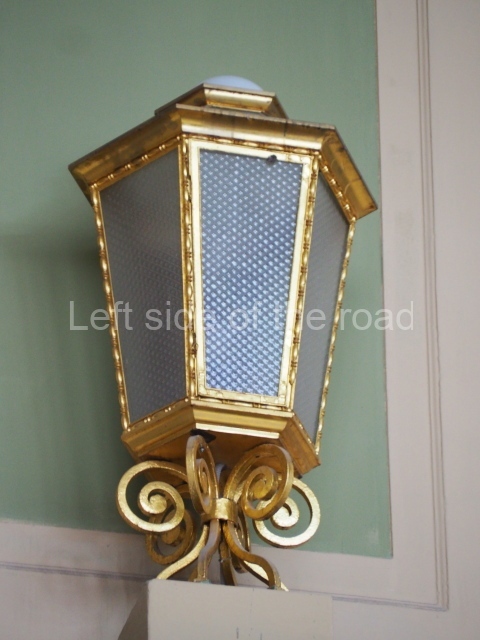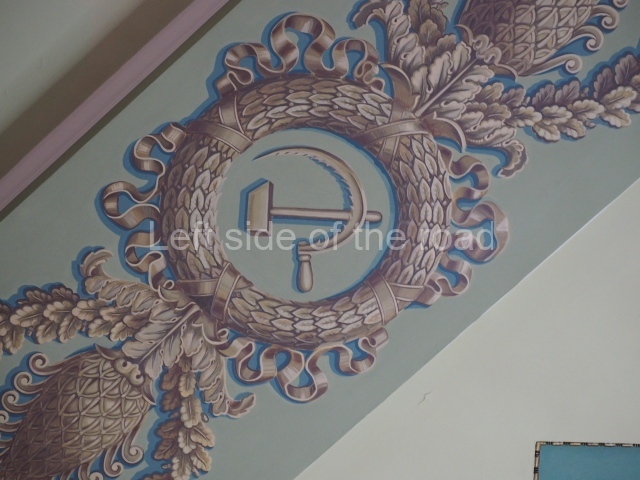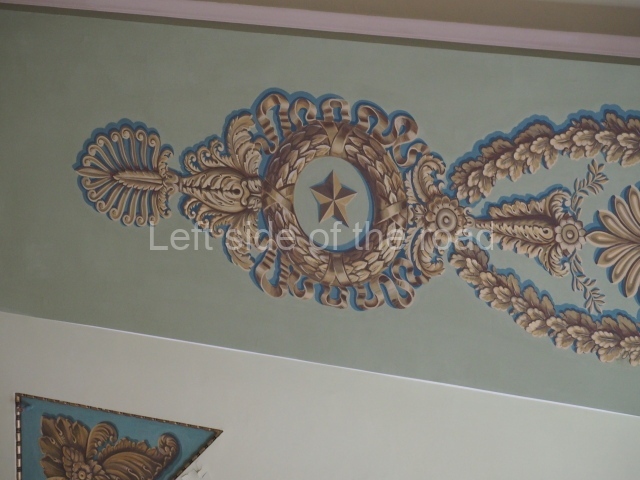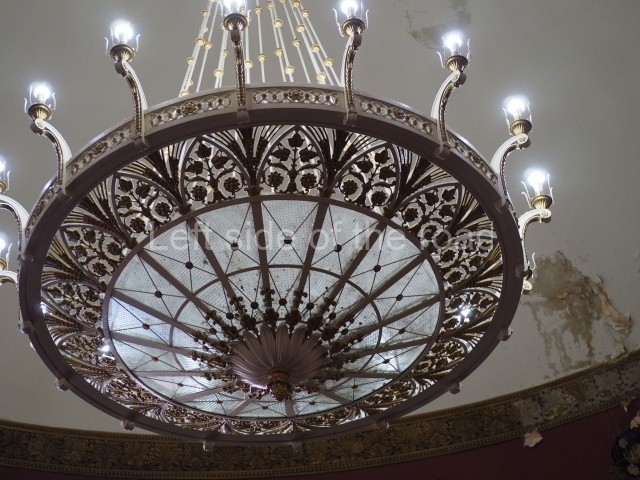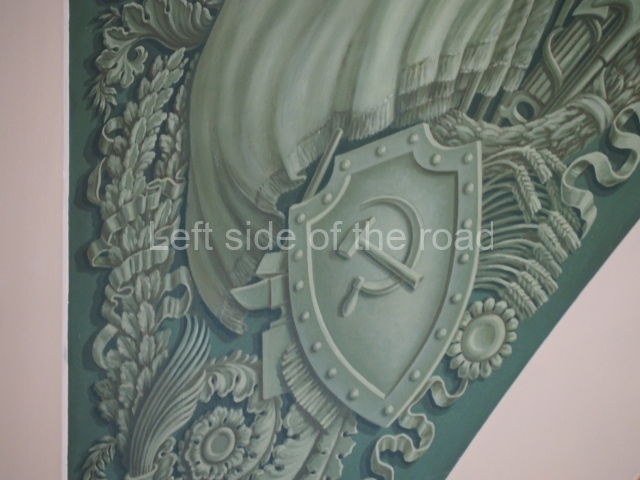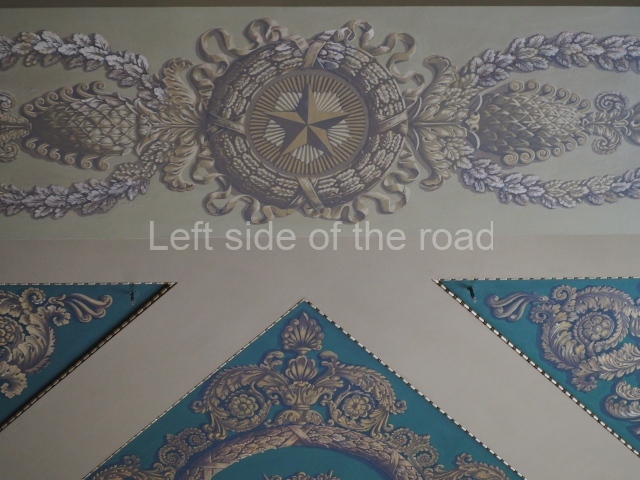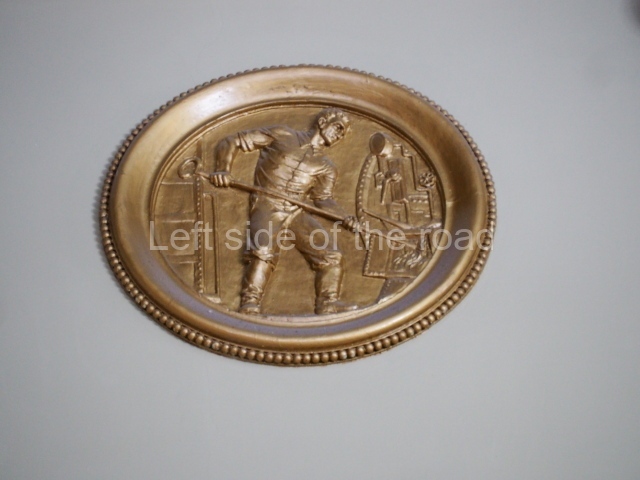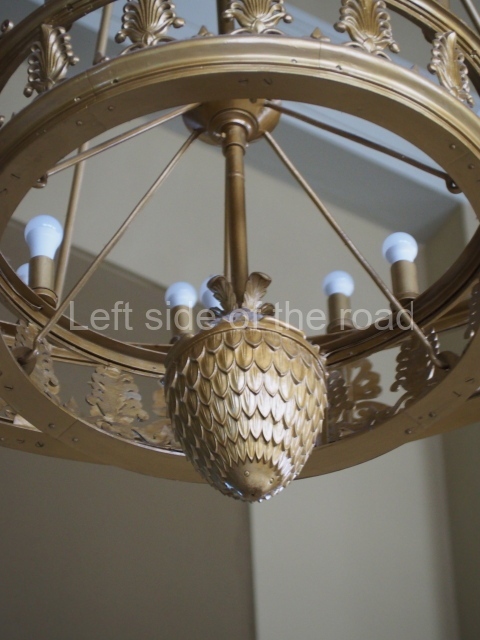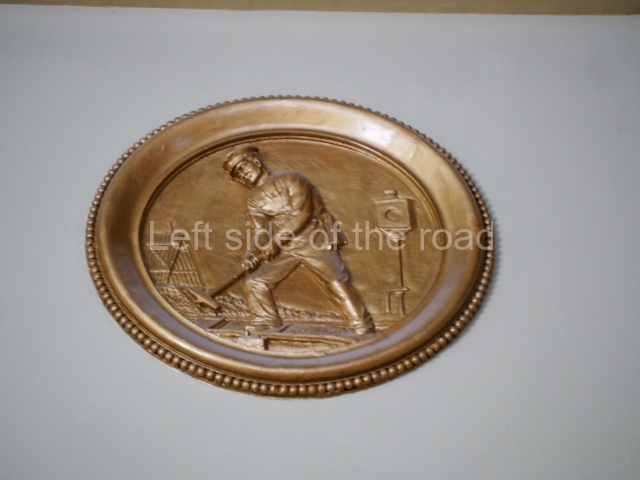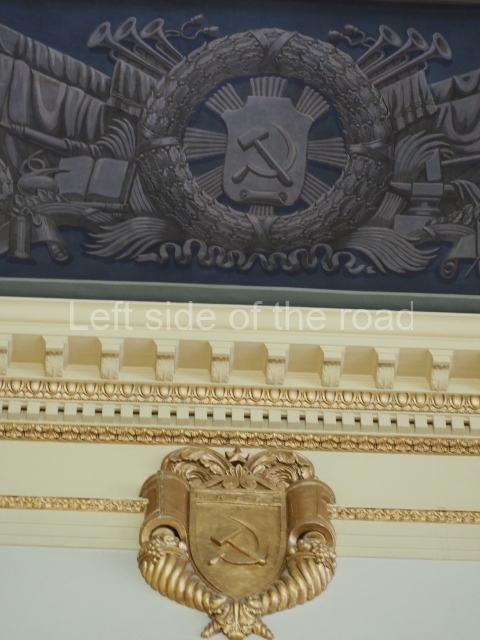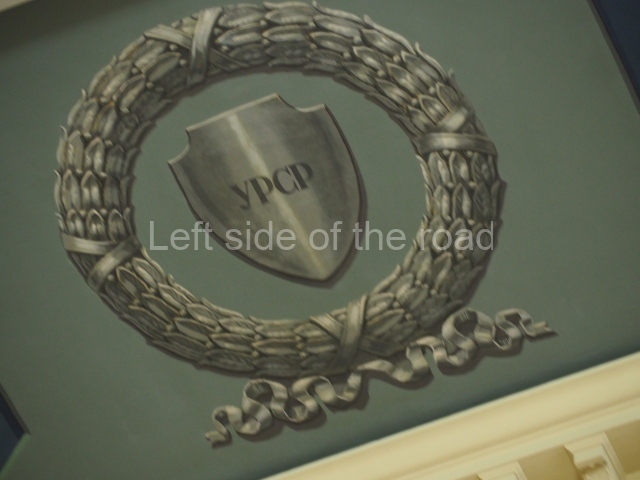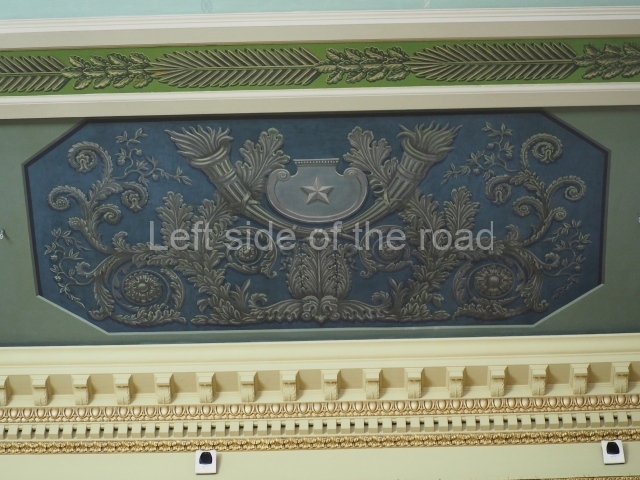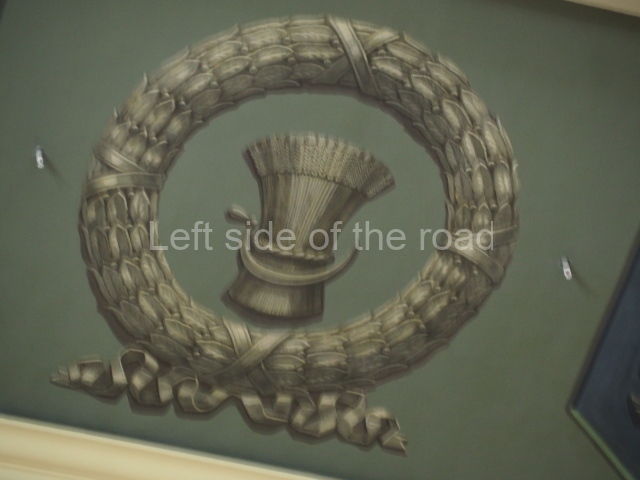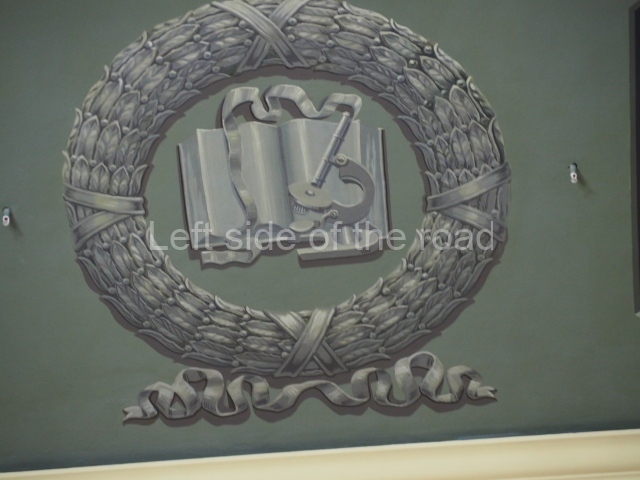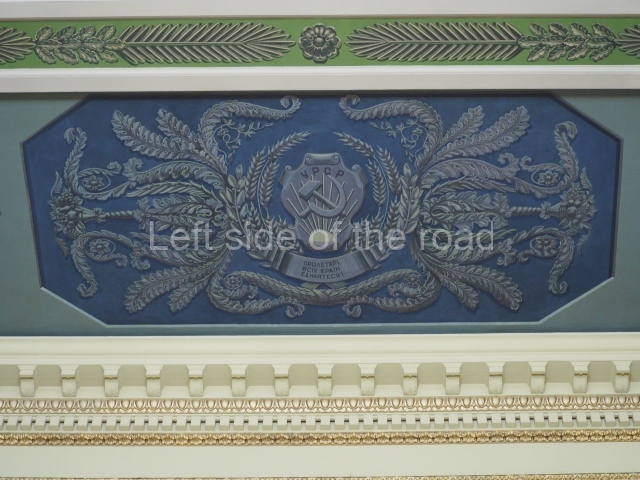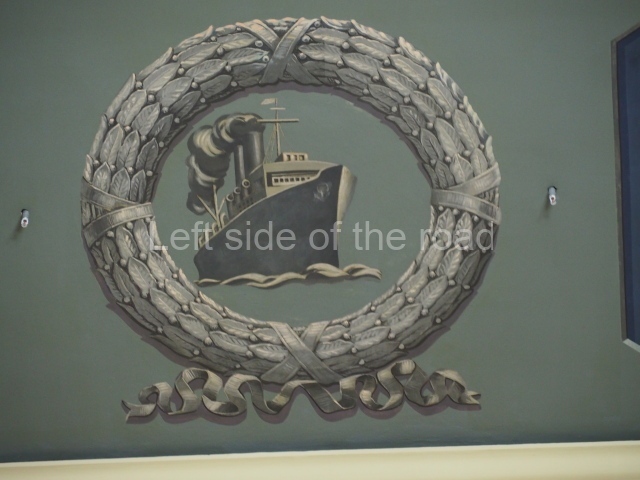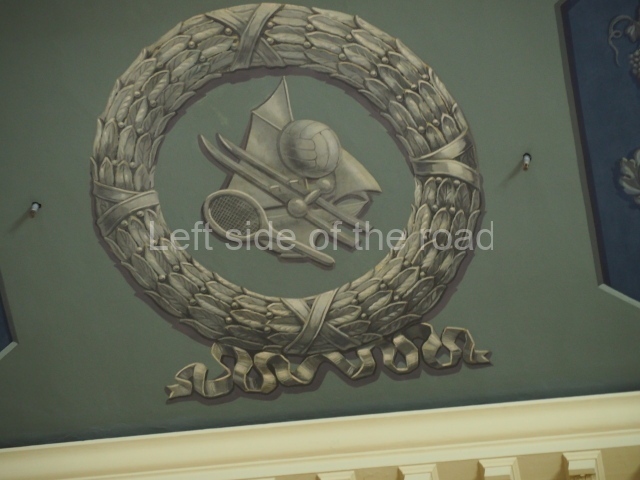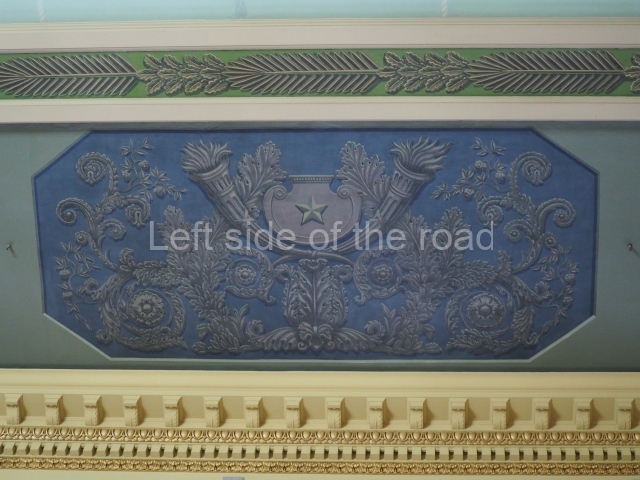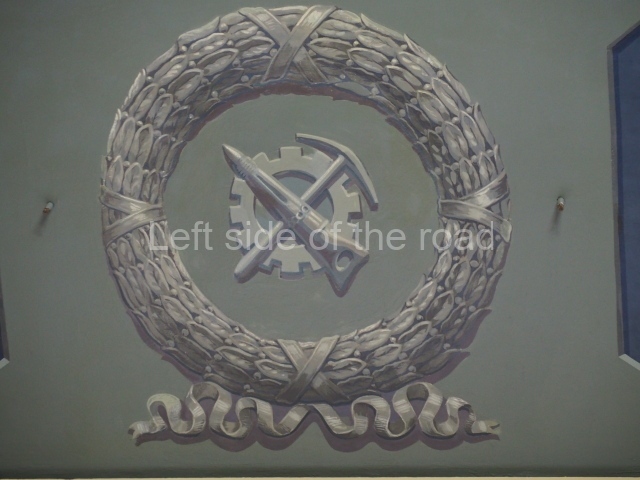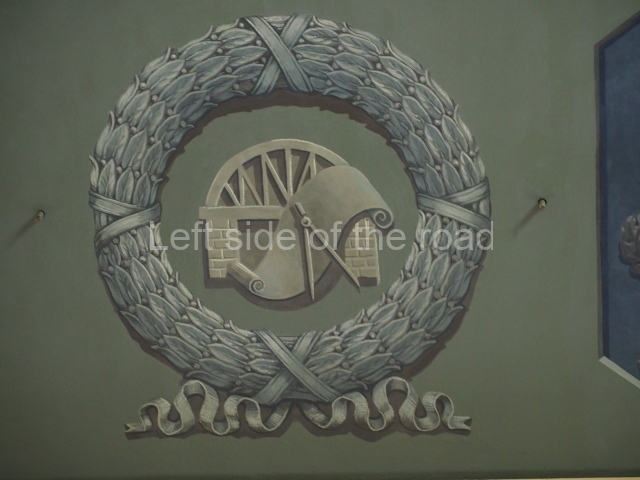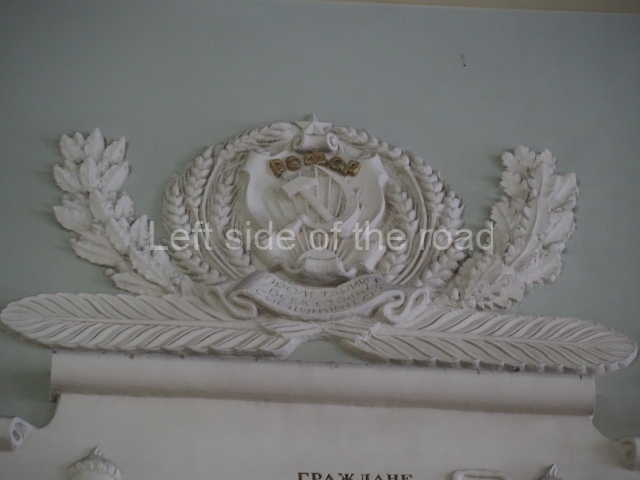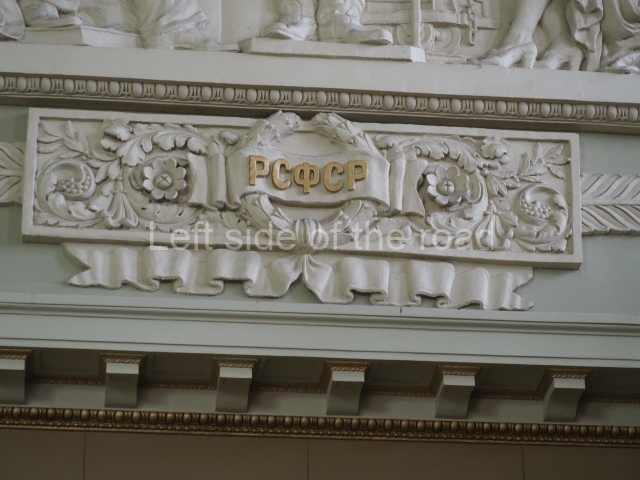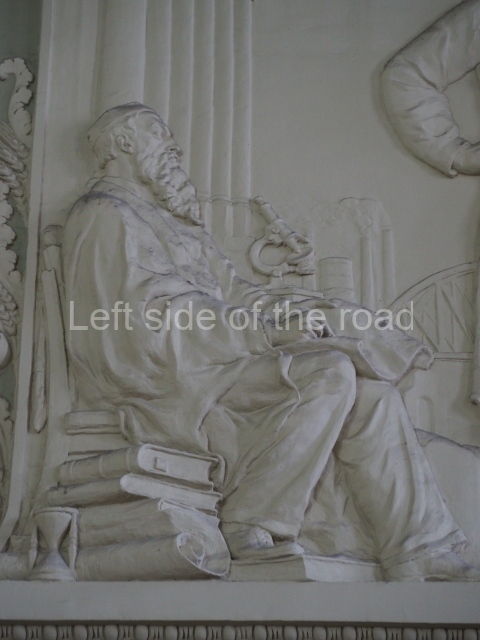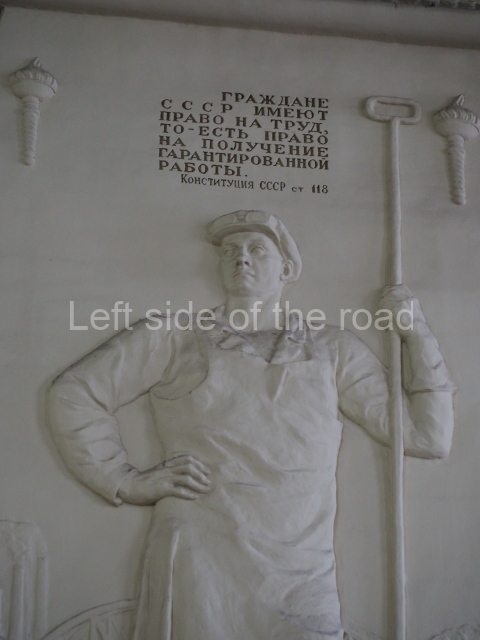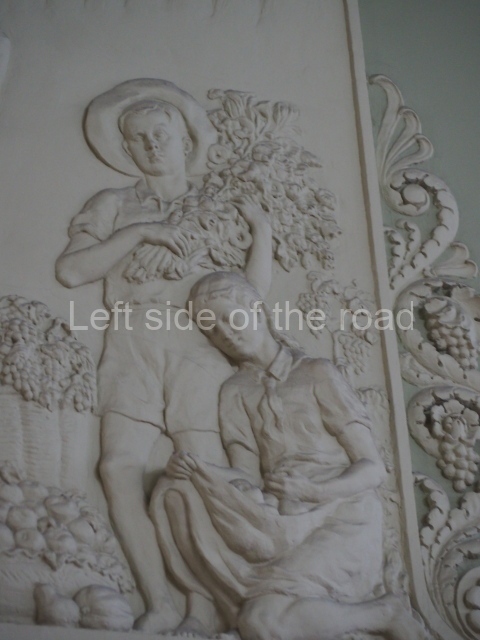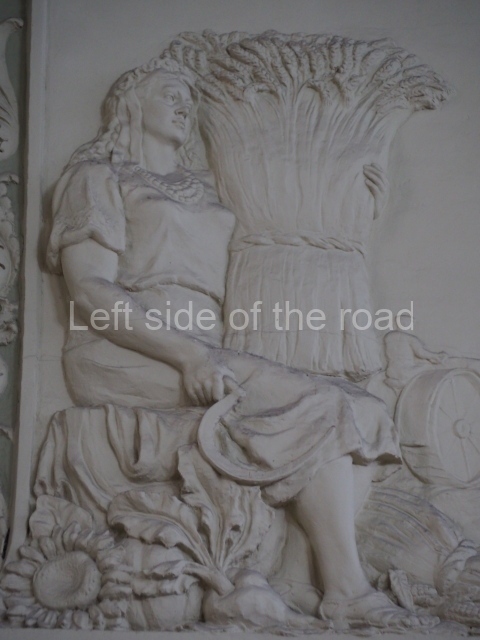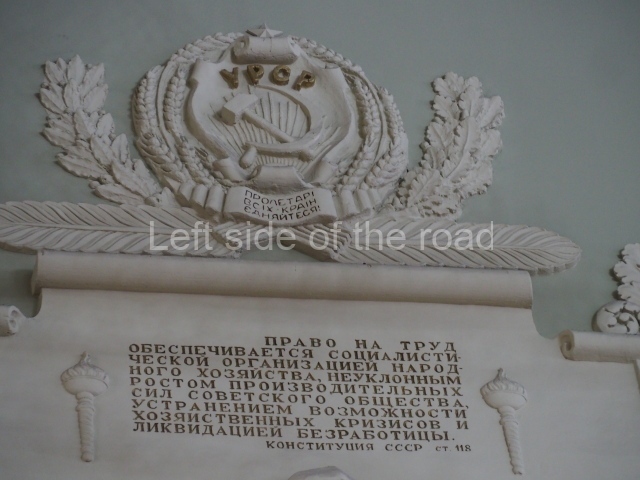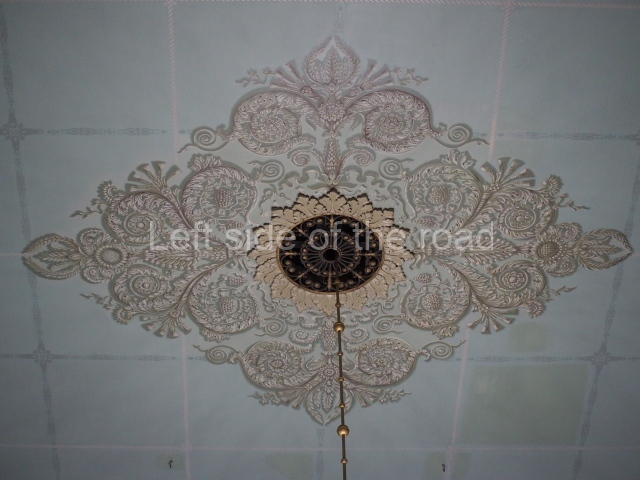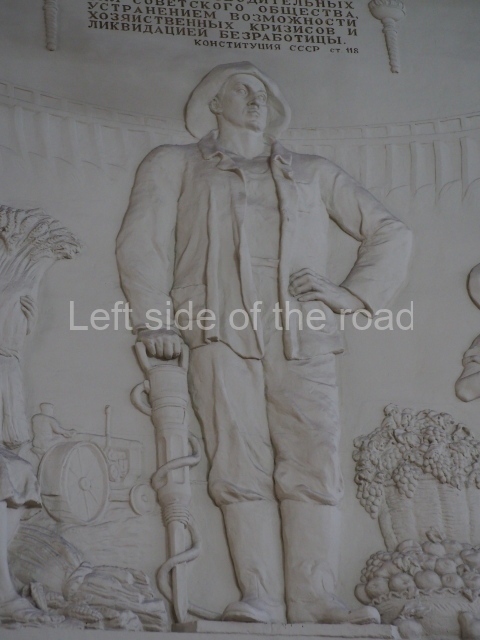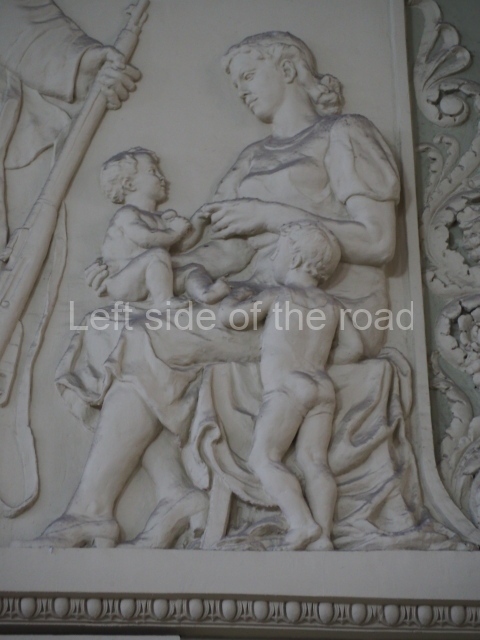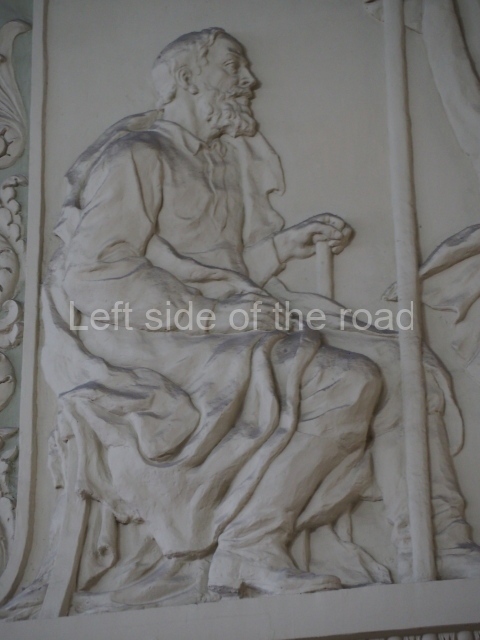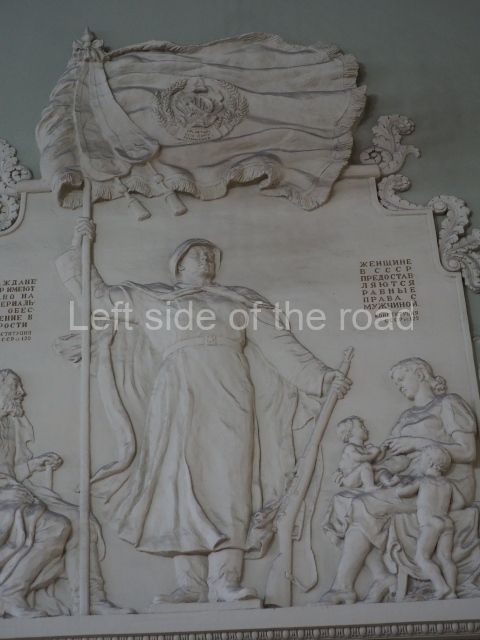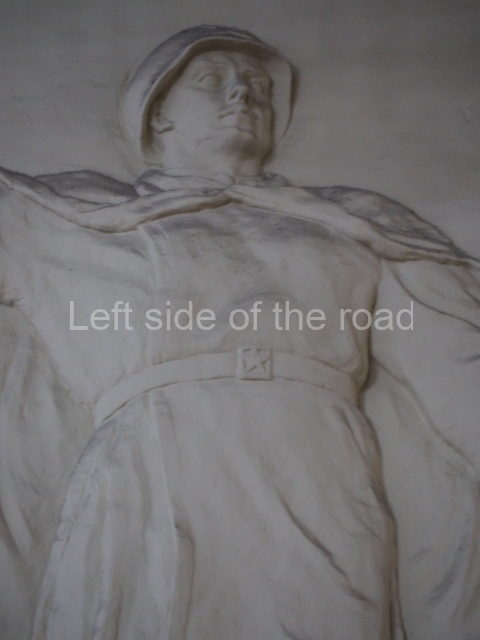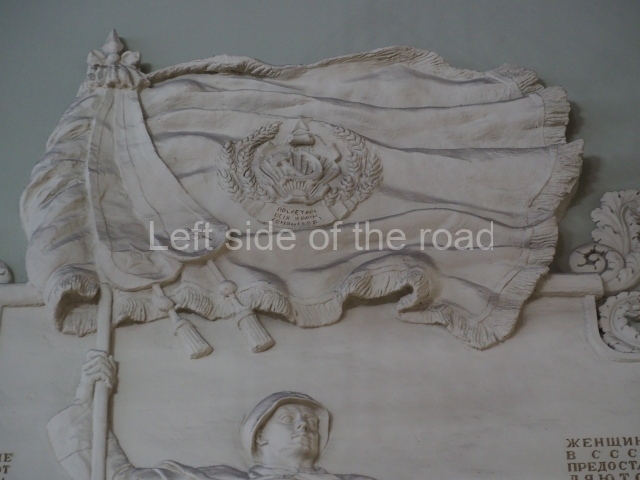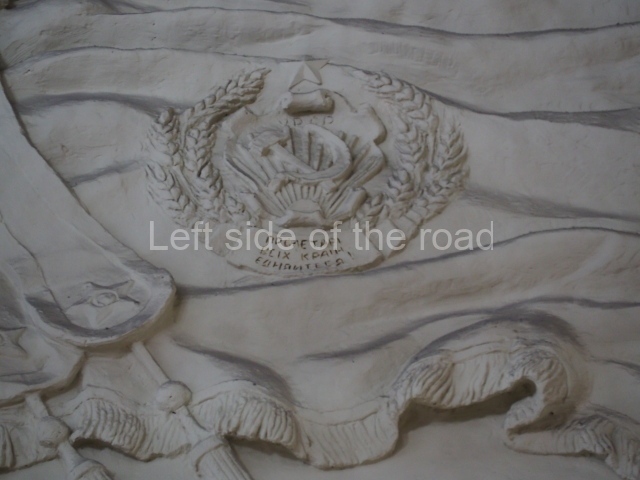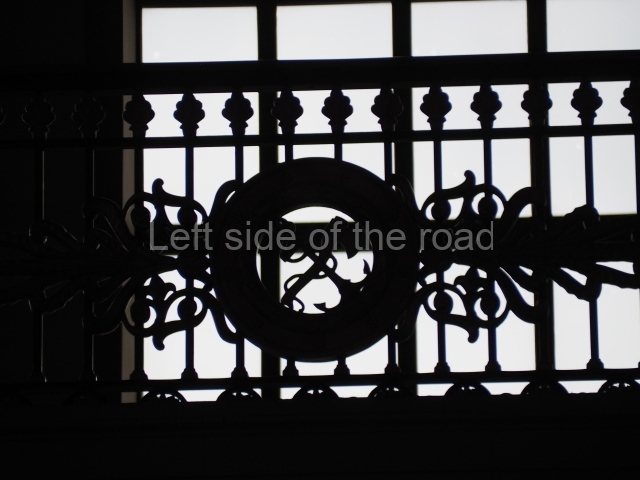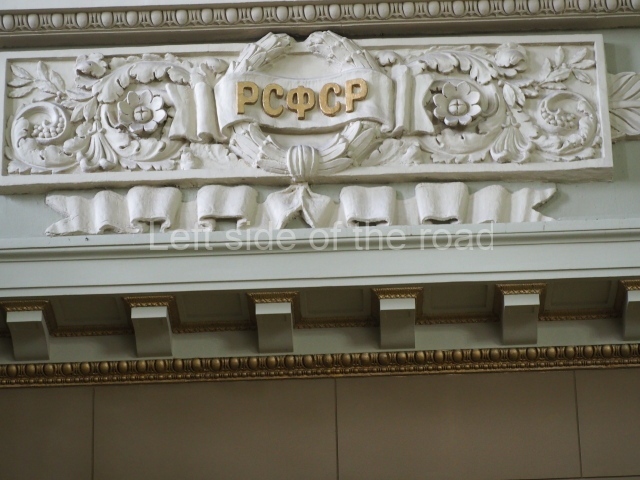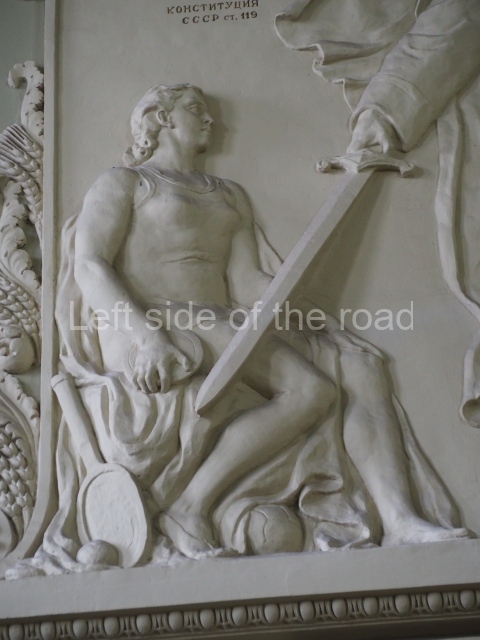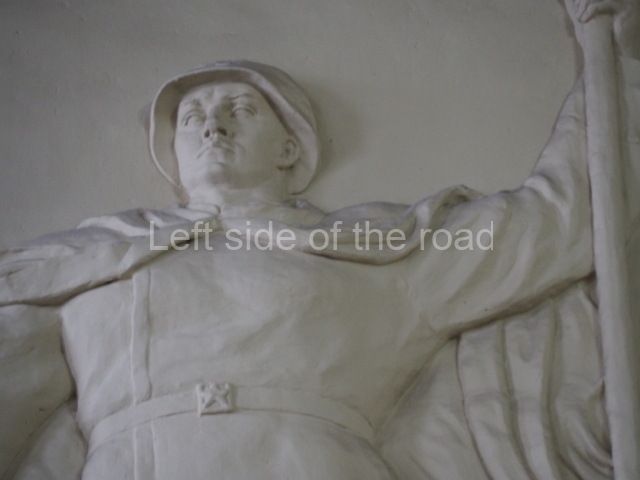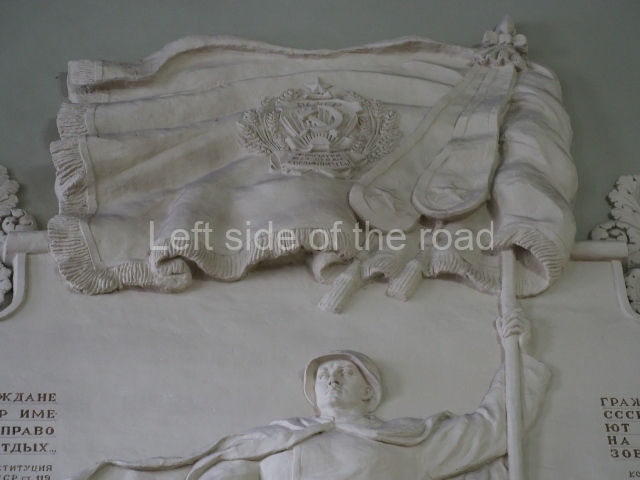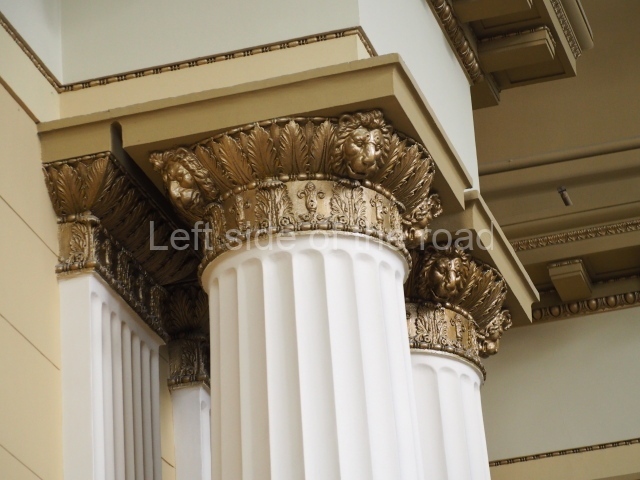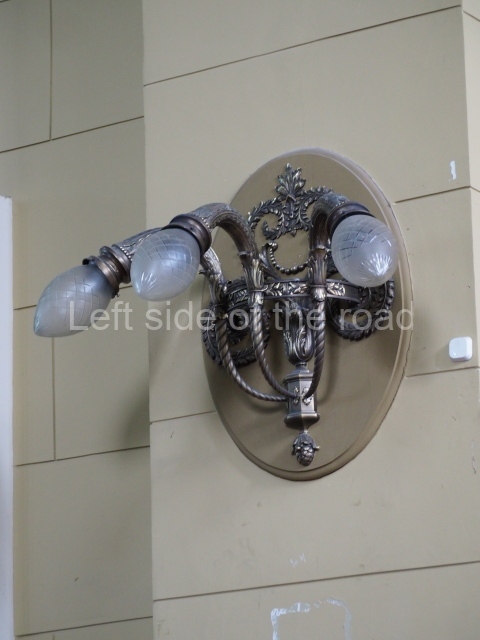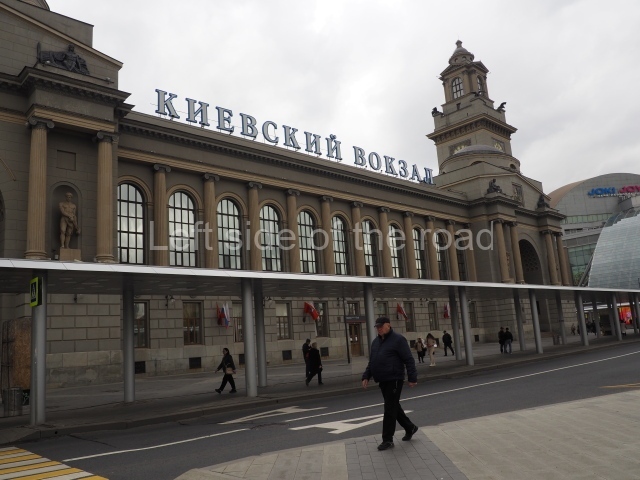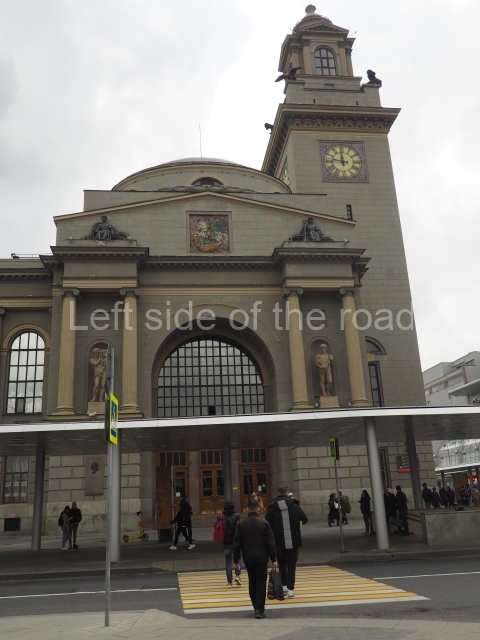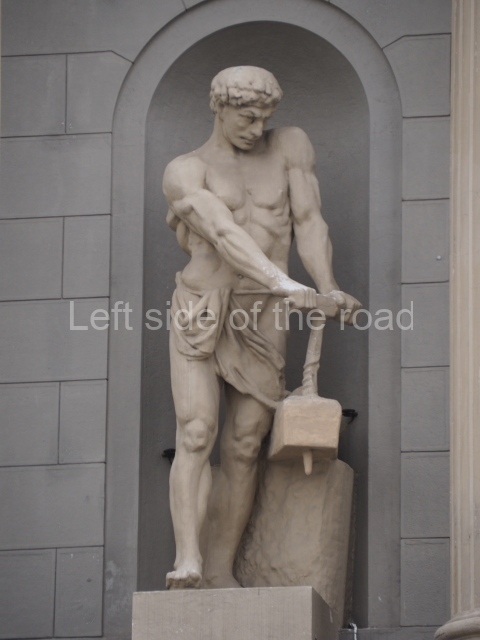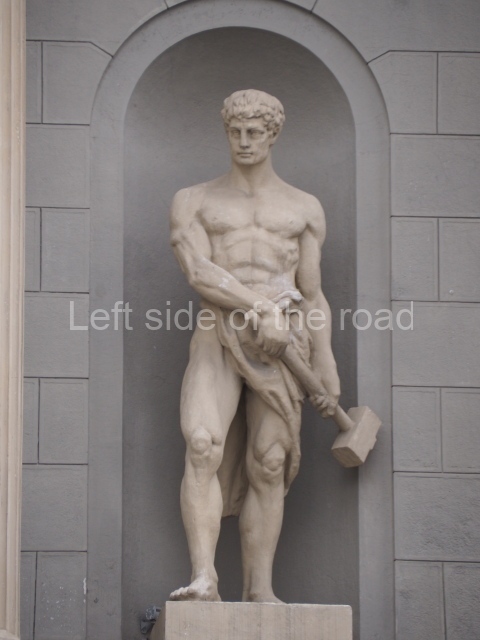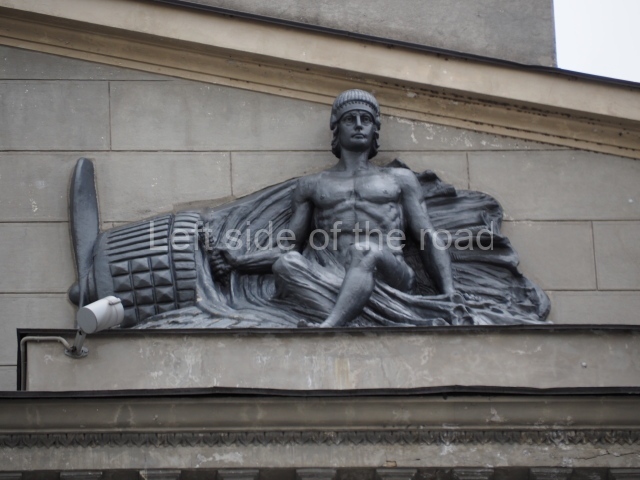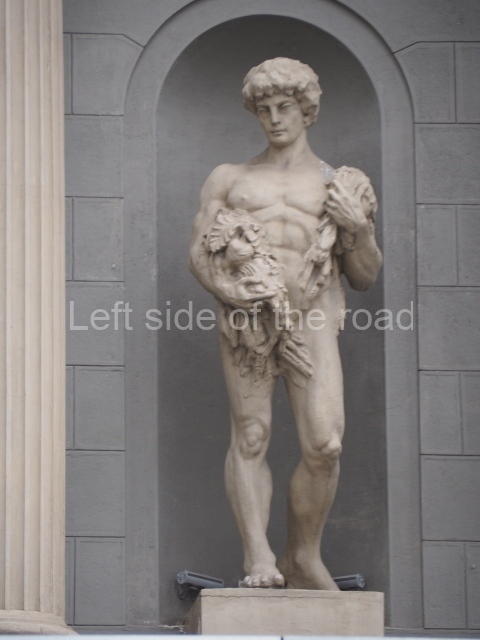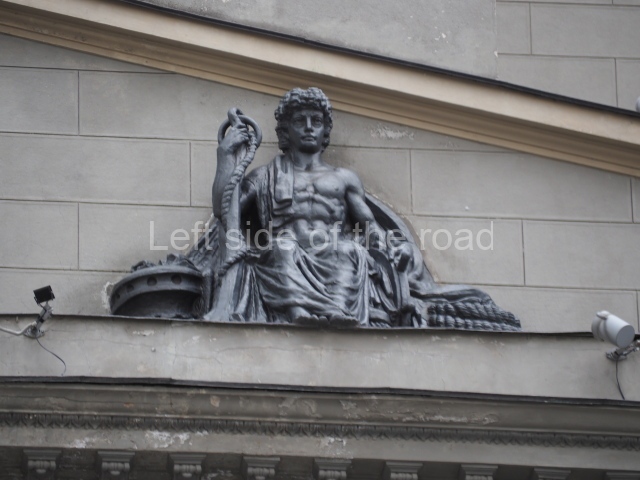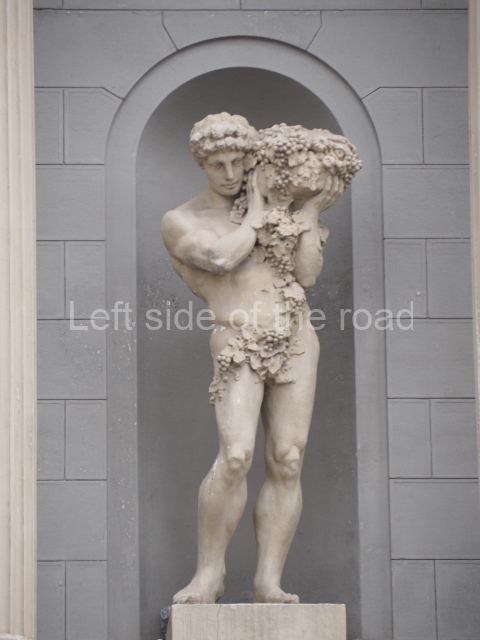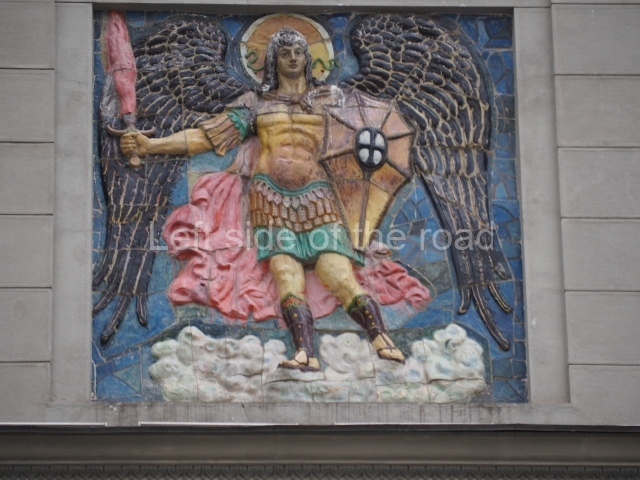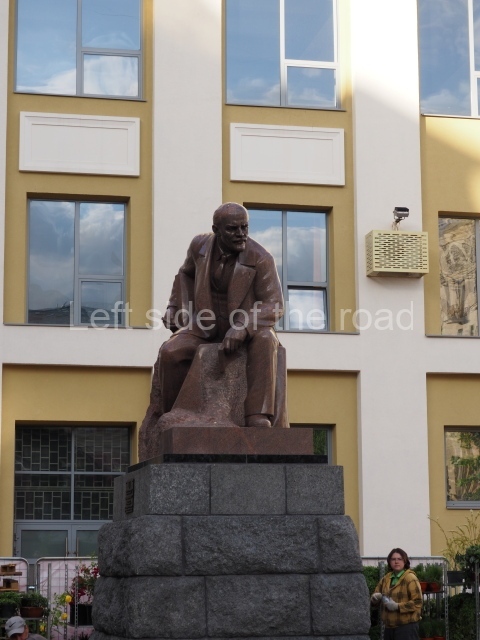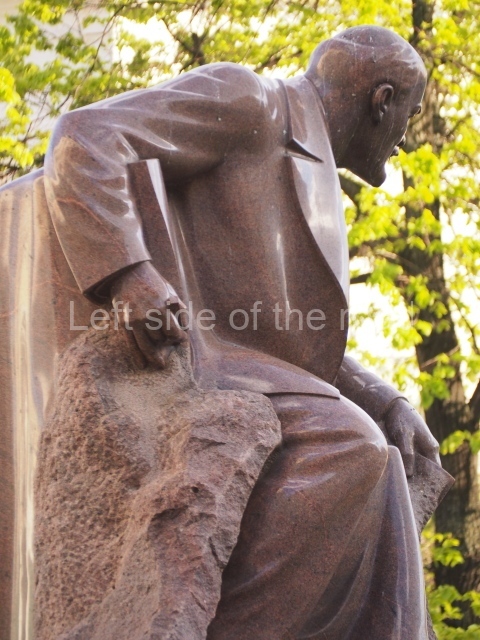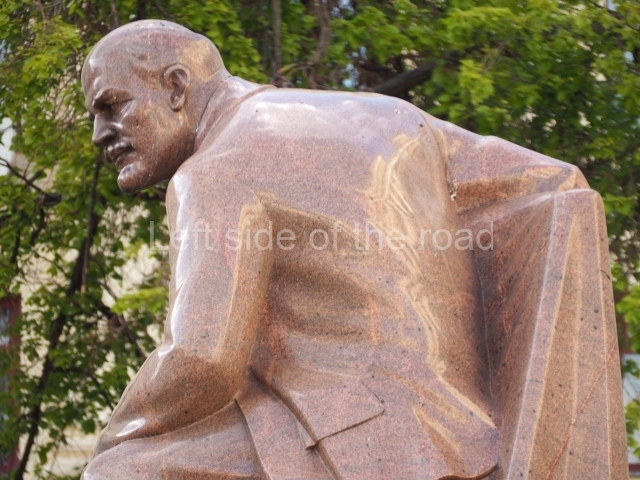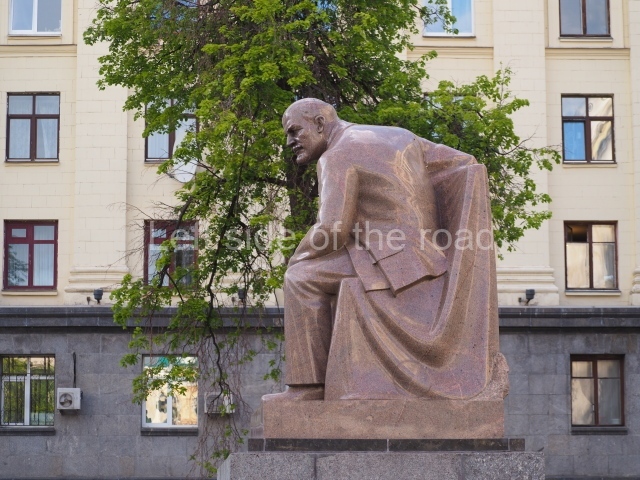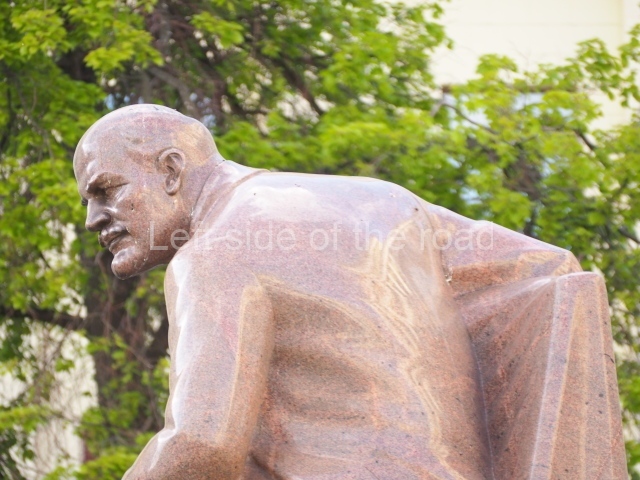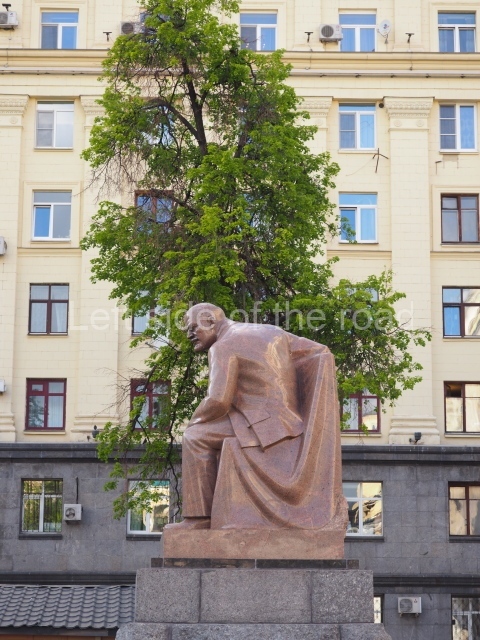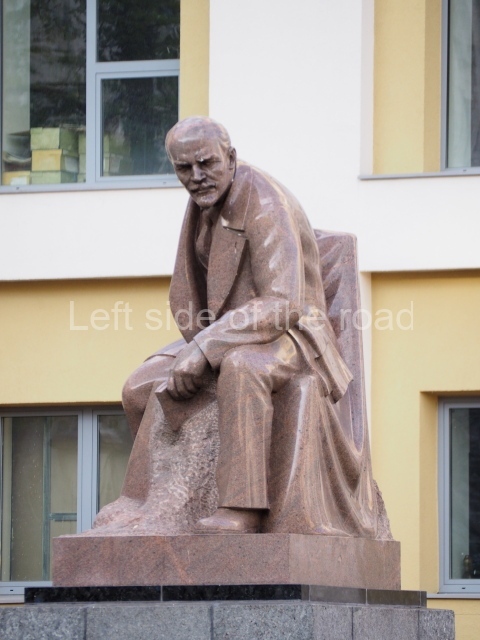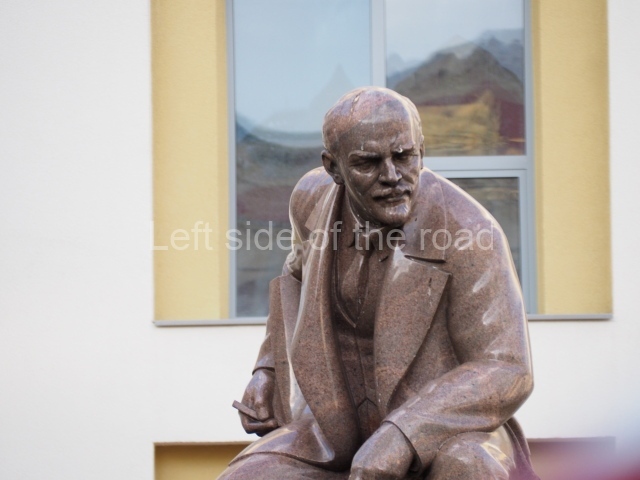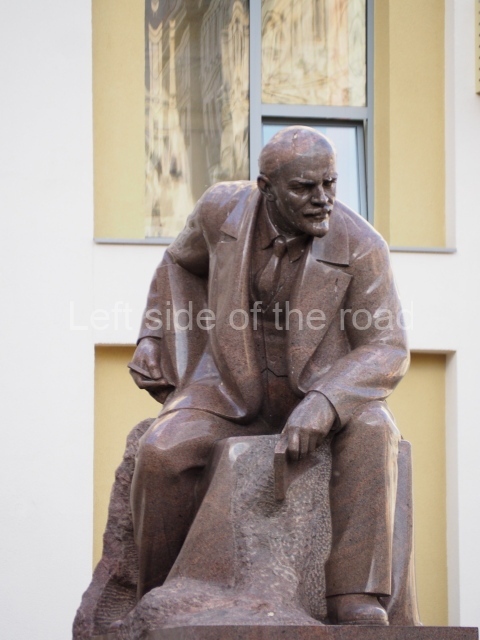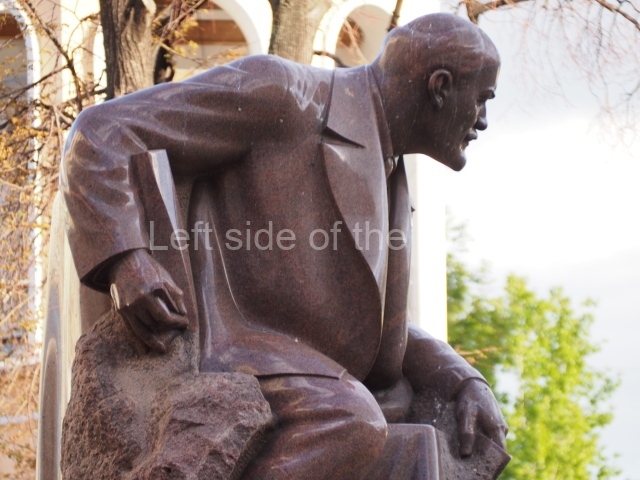Special Military Operation – art and posters exhibition on a Moscow street
I didn’t know what to expect when I entered Russia from Georgia, in late April 2024, on my way to Moscow. The country had been in a war with the US/UK/NATO/EU proxy for more than two years and although the route from the border to the capital city was not close to the conflict it wasn’t a continent away.
I thought there was a chance I would see troop and equipment movement, either along the motorways or the railway, but there was none of that. In fact, there was nothing at all that indicated the country was in the middle of an ‘existential’ war with the collective ‘West’.
Along the whole route (and even more so in Moscow itself) their were banners and posters in anticipation of the Victory Day celebrations on May 9th. These decorations might well have been more extensive than in previous years but even though these banners etc., had to accept in their imagery that it was the Soviet Red Army that had defeated the Nazis the modern day capitalist rulers of Russia would know how to use the parallel of the two struggles for their own advantage, if necessary.
But I never came across anything in the country that such a propaganda campaign in support of the government in the persecution of the war was really necessary. Yes, some young people had left the country back in 2022 in fear of being conscripted. Whether the majority of them were actually at risk of call-up could be debatable as, apart from volunteers, those called up for service were classified as reservists – who had already been in the military and whose contract specified that in certain circumstances they would be expected to rally to the cause. By all accounts there was no real opposition to this as the majority of the Russian population accept the aims of the ‘West’ even if they hadn’t read a ‘paper’ which was published by the Rand Corporation, a US government-leaning ‘think tank’, in 2019. Entitled ‘Extending Russia – competing from advantageous ground’ it lays out, almost to the letter, the ‘road map’ the ‘West’ has followed up to and since February 2022.
There might have been local opposition to the conflict but I was never aware of such and saw nothing (even overnight graffiti) that indicated real opposition to the Special Military Operation (SMO). Even those opposition groups ‘sponsored’ by the ‘West’, such as the group that Navalny once headed, would find little support for their activities if they came out directly against the war. From all that I’ve been able to learn the majority of the Russian population considered the present situation on a par with that of 1812 (with the invasion of the country by the Napoleonic imperialists) and 1941 (when the German Nazis crossed the western border of the Soviet Union). (Articles, podcasts, etc., with this point of view can be found on the page ‘The war in the Ukraine – what you are not told‘.)
Moscow, not unsurprisingly, was awash with imagery from the Great Patriotic War in readiness for May 9th but I saw nothing that was specifically addressing the SMO in the Ukraine. That was until I was walking along Arbat Street after having visited the Ministry of Foreign Affairs (one of the seven early 1950s Soviet skyscrapers). Almost to the top of this pedestrianised street, just before a large wall mural of Field Marshal Zhukov, (coincidentally?) was an open air exhibition of posters and art works relating to the war with the ‘West’s’ proxy.
I don’t intend to make much of a comment on the contents other than point out that even though I might consider Russia to have been provoked into this conflict (by having to respond to NATO’s expansion) and can come up with nothing rational that Russia could have done other in the circumstances that existed at the beginning of 2022 I in no way support the ‘road’ Russia has been following since the 1990s. This is a war of one capitalist country against a coalition (although very often somewhat shaky) of other capitalist countries and therefore very different from the situation that existed at the time of the Great Patriotic War of 1941-45.
Culturally the country has regressed in the last 30 or so years and although there was some reference to the battle against the Nazis the imagery in these posters took from superstition, religion, ancient Russian mythology and from conflicts with other invaders from Russia’s pre-revolutionary past.
Hopefully, the slide show will provide an idea of how the government was presenting the conflict to its own people. This exhibition was in no way directed at outsiders, not least due to its location – and, anyway, few foreigners from the ‘West’ are presently visiting Russia.
The only other public reference I encountered during my time in Moscow was a room with a large mural commemorating those who were fighting in the Ukraine in the Museum of the Great Patriotic War in Park Pobeda (Victory Park). This installation was accompanied by drawings and paintings, I assume at least some, by combatants. At the time I thought this strange, a museum with an exhibition of a current conflict? But thinking subsequently, after visiting the small museum to the Great Patriotic War in Gori, Georgia, I started to look at Soviet/Russian museums in a different light. Now, I think, I understand they are places to celebrate those who fought and might have died, for the Motherland, that they are ‘shrines’ in a sense, and places of pilgrimage for those who might have lost a relative or friend in a conflict, even one that is still ongoing.
Location;
Top end of Arbat Street, in the direction of Arbatskaya Metro station. This street unites the two metro stations of Smolenskaya and Arbatskaya.
GPS;
55.751043º N
37.596201º E



